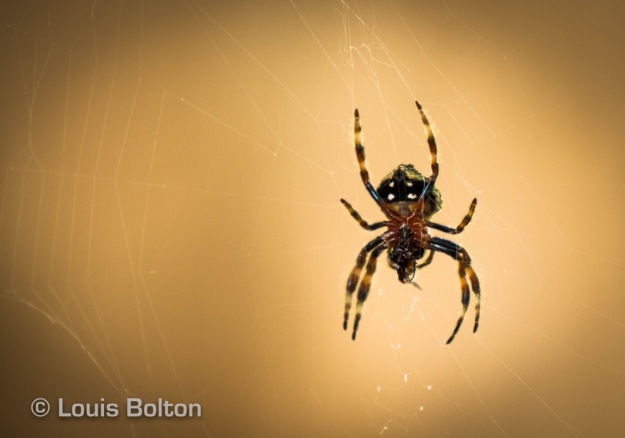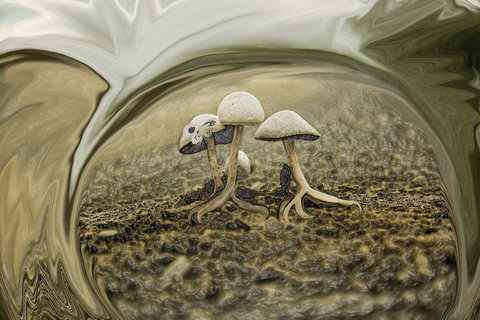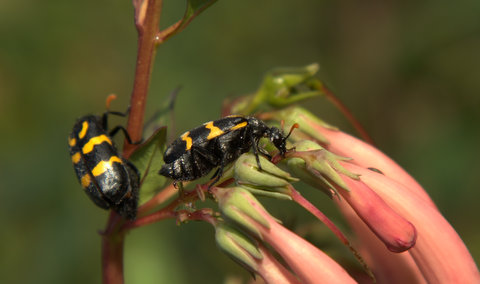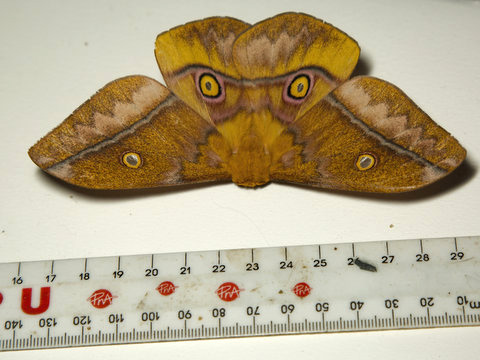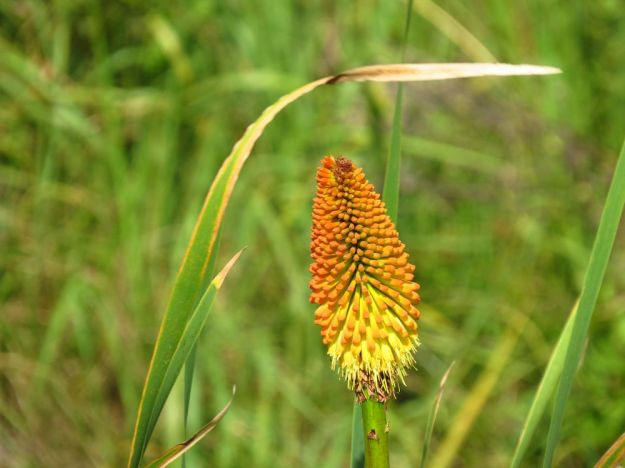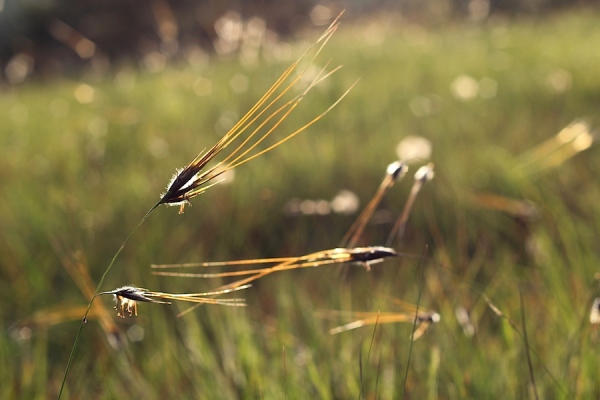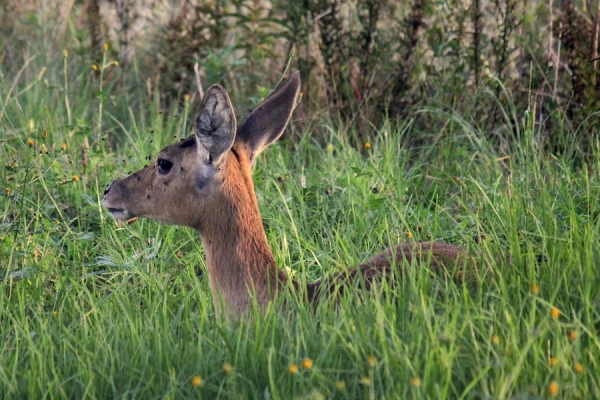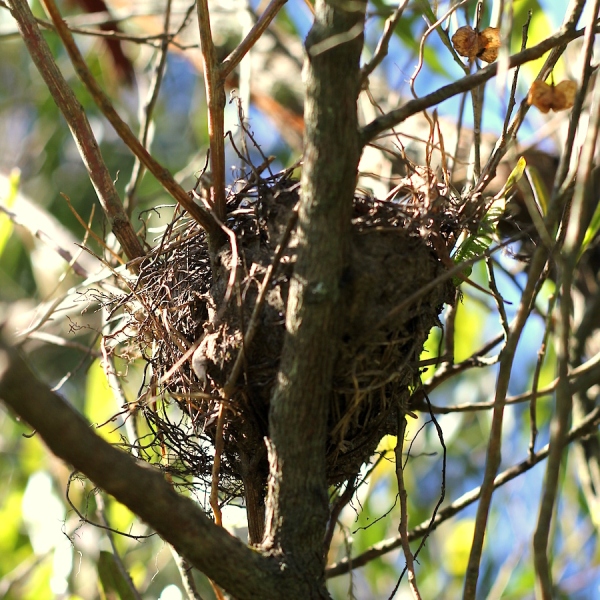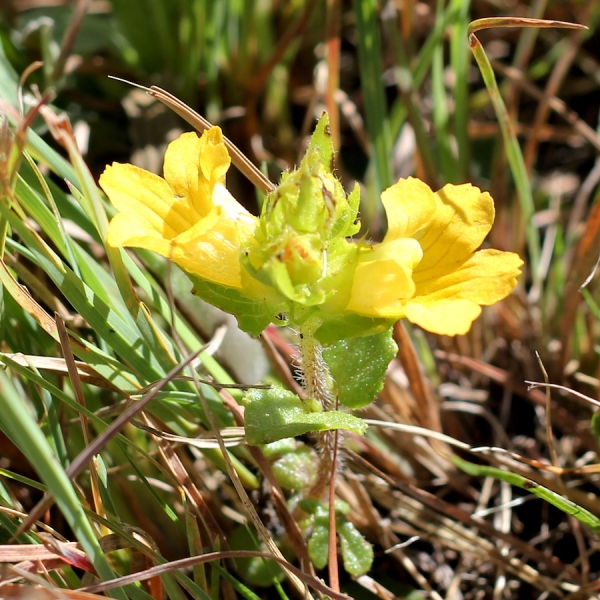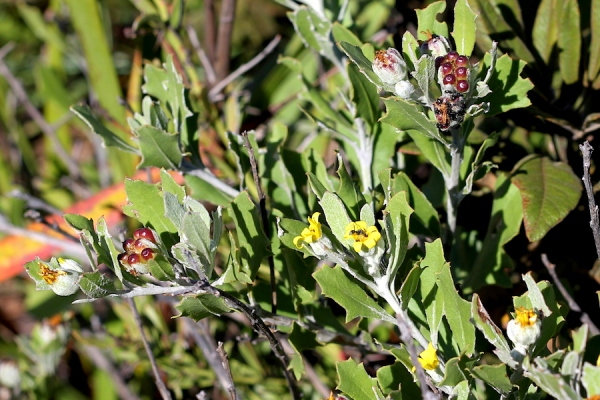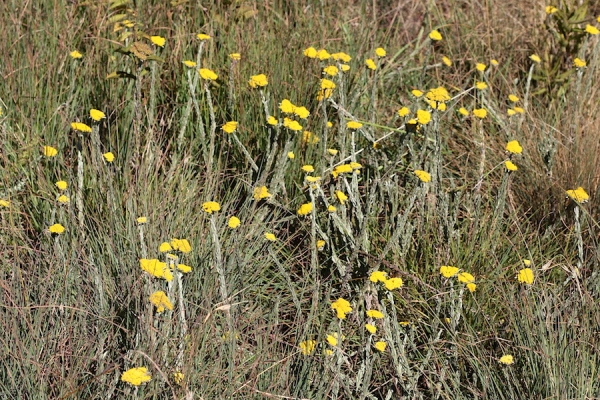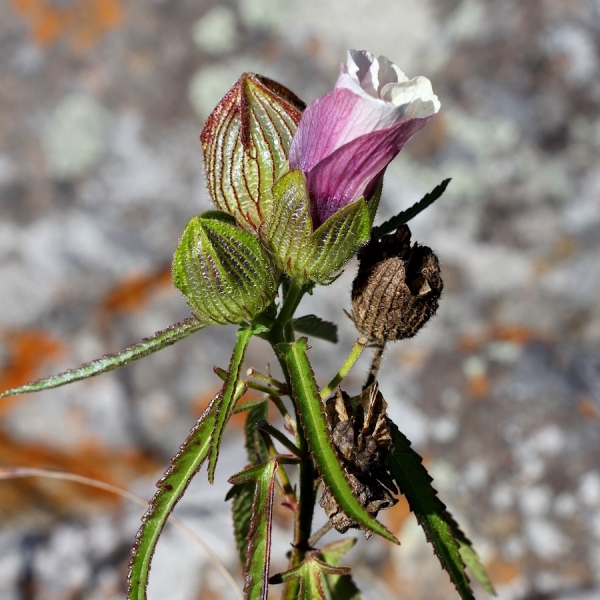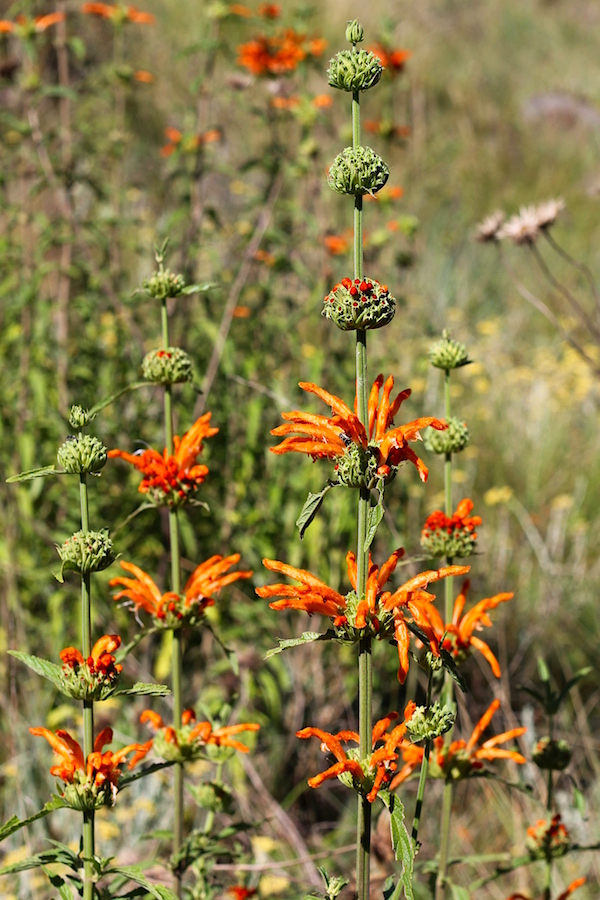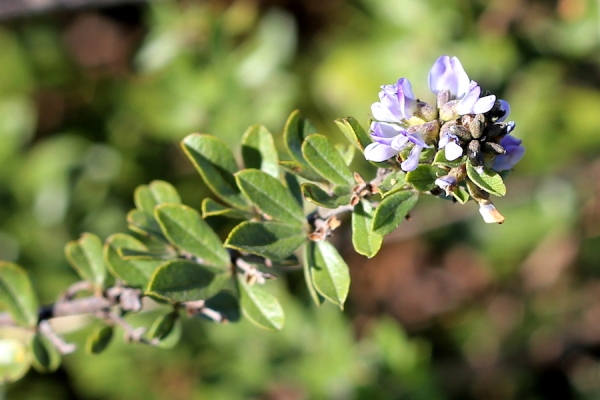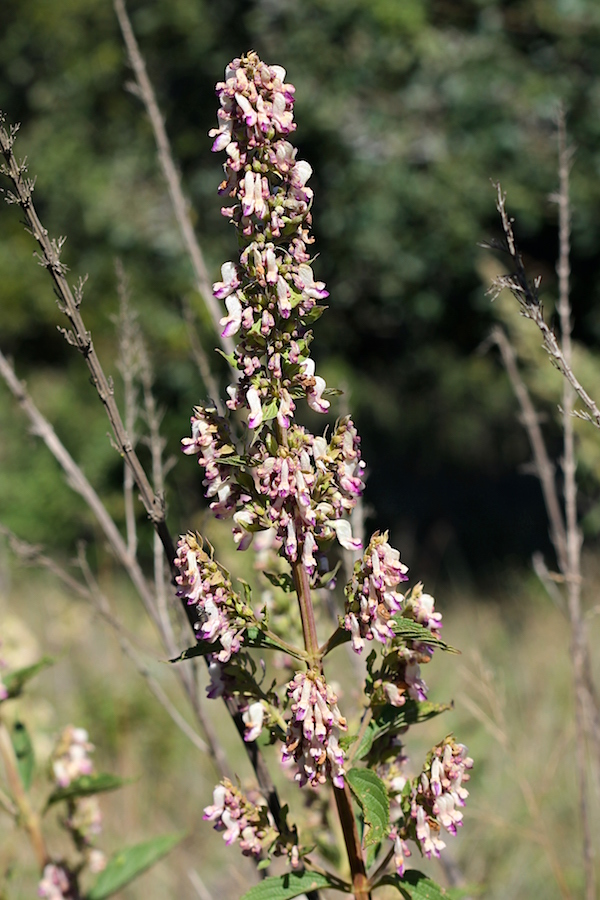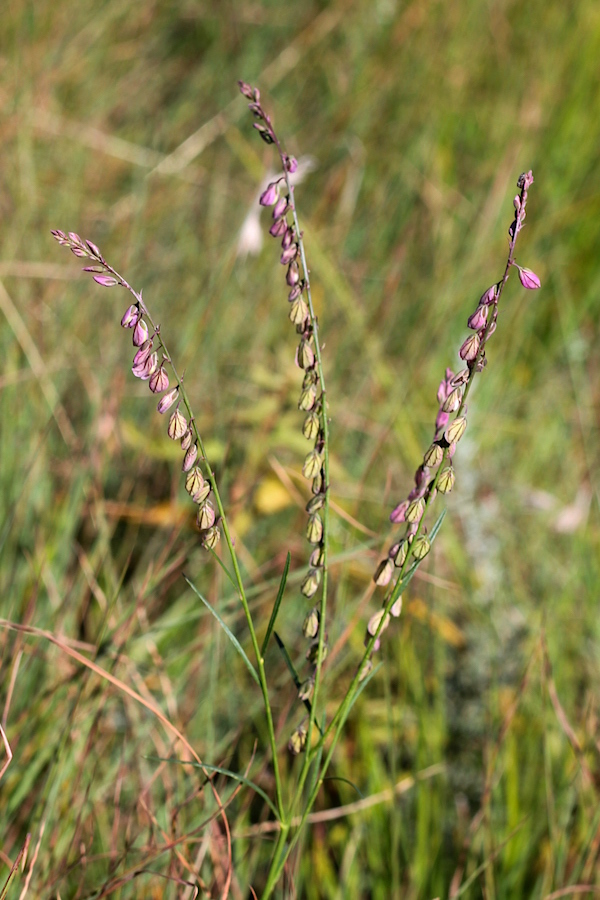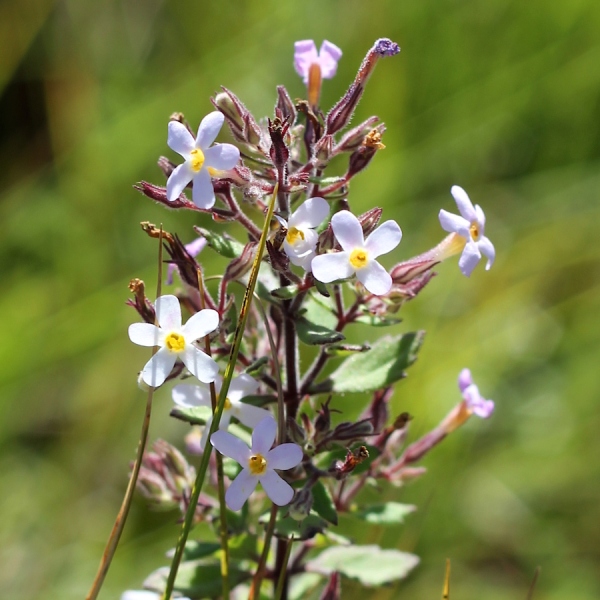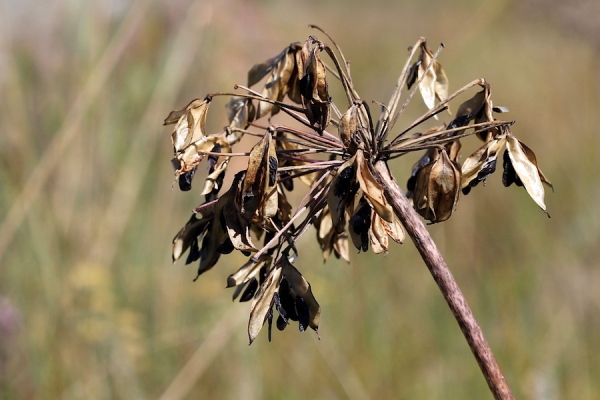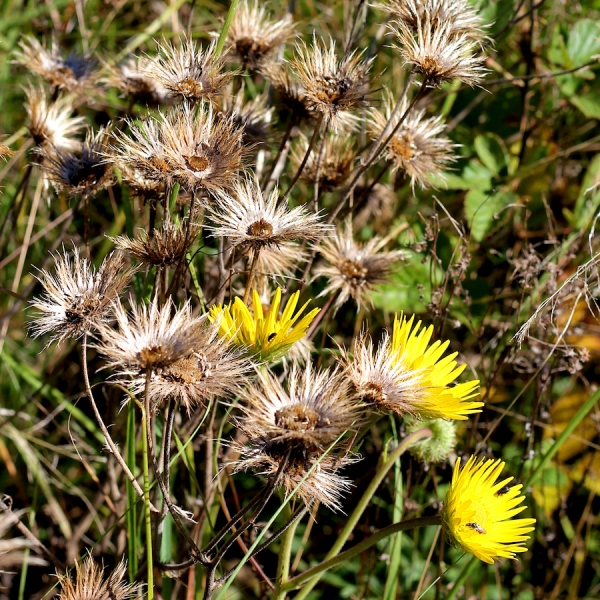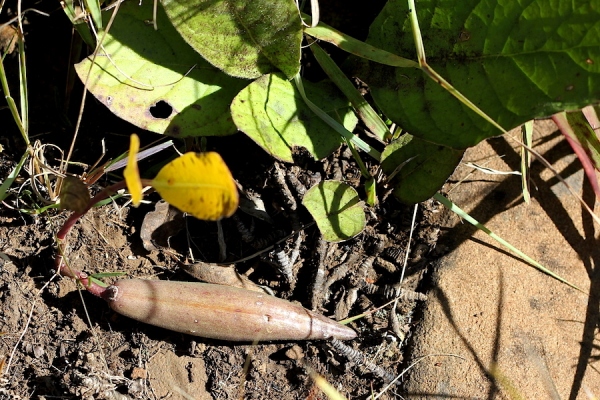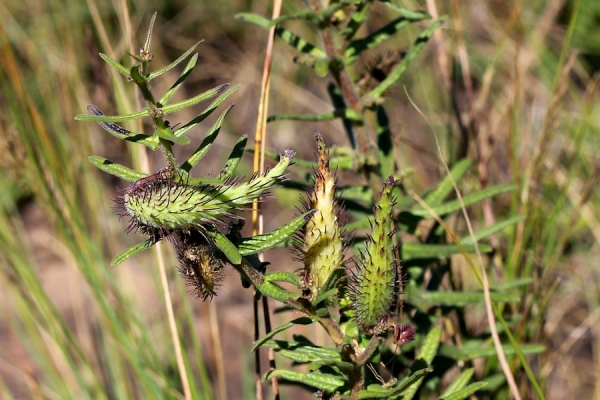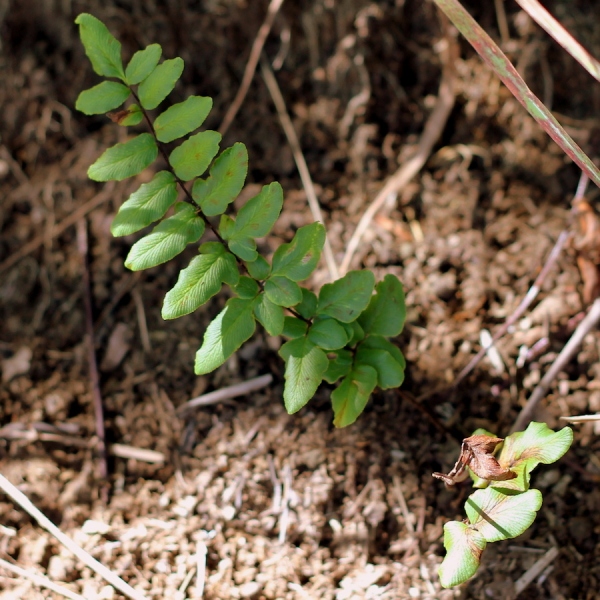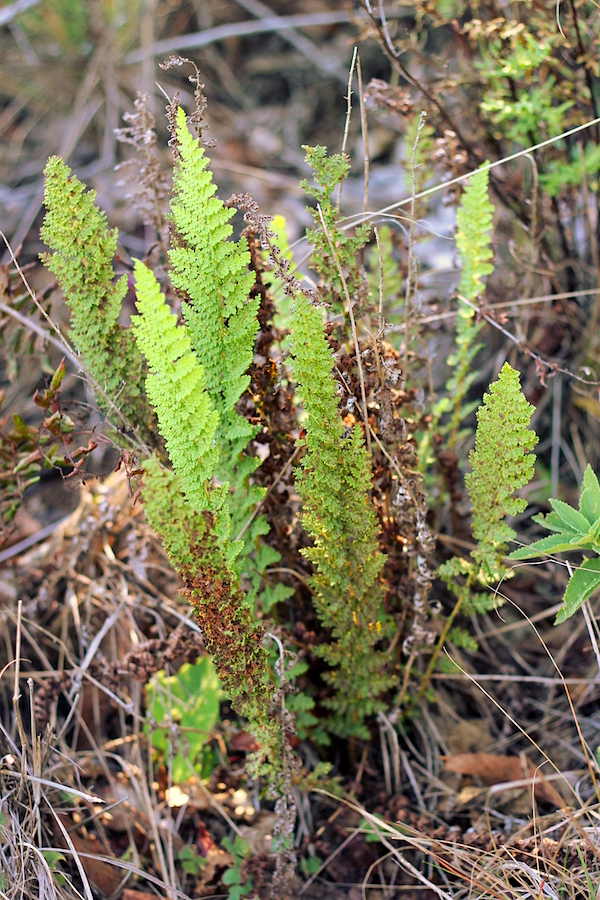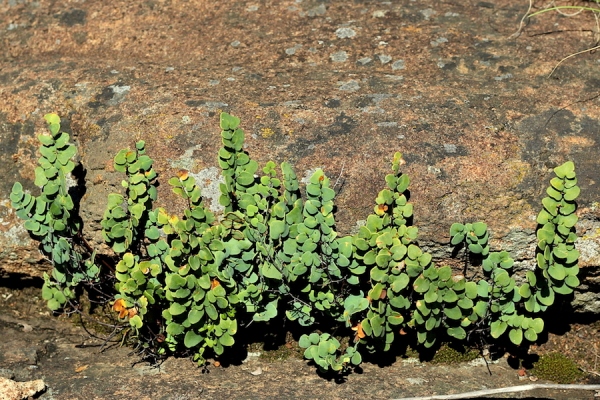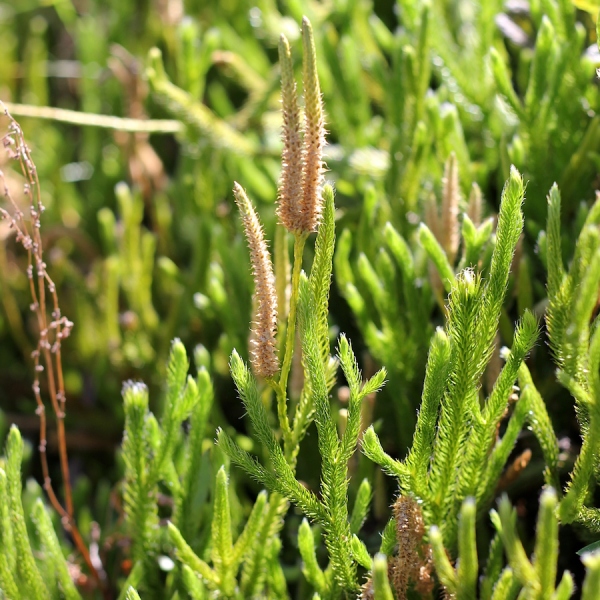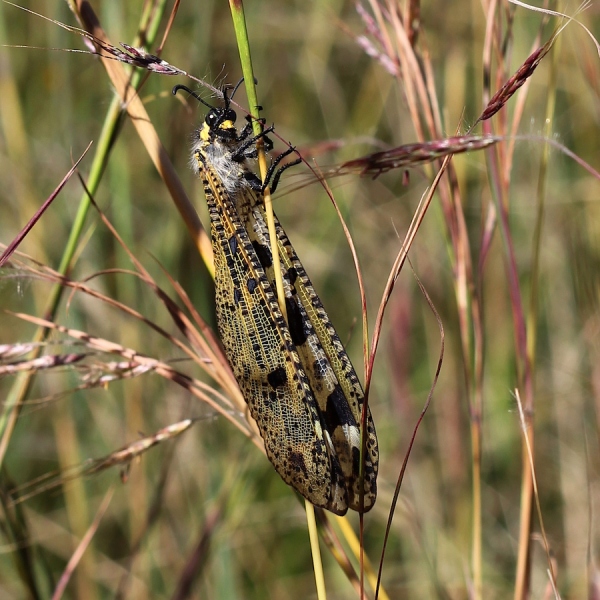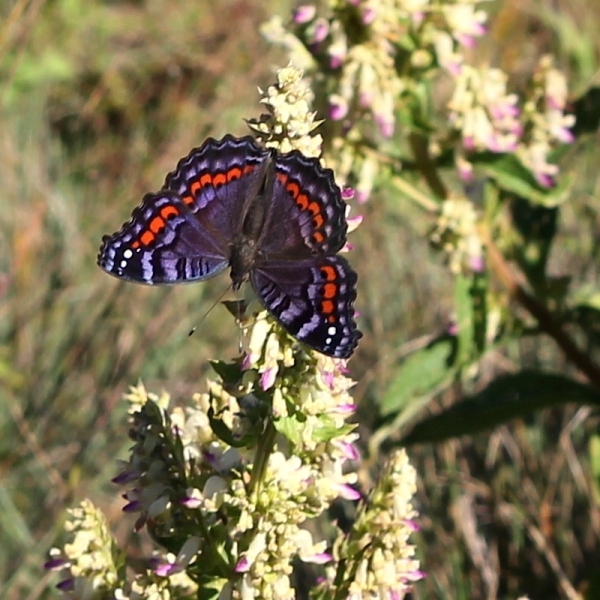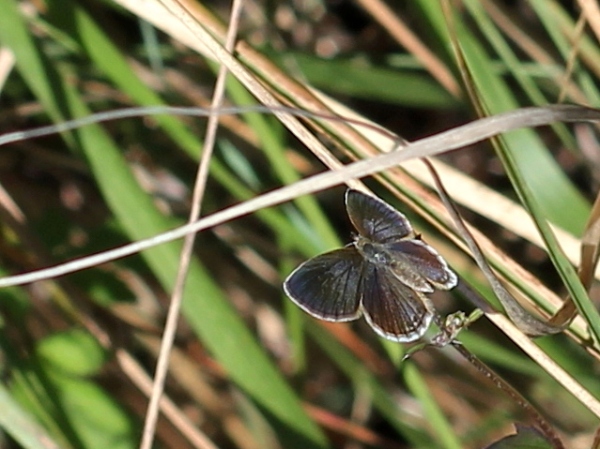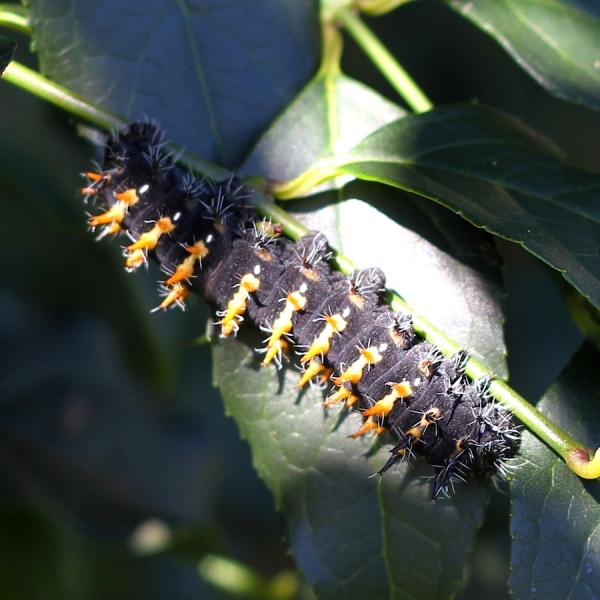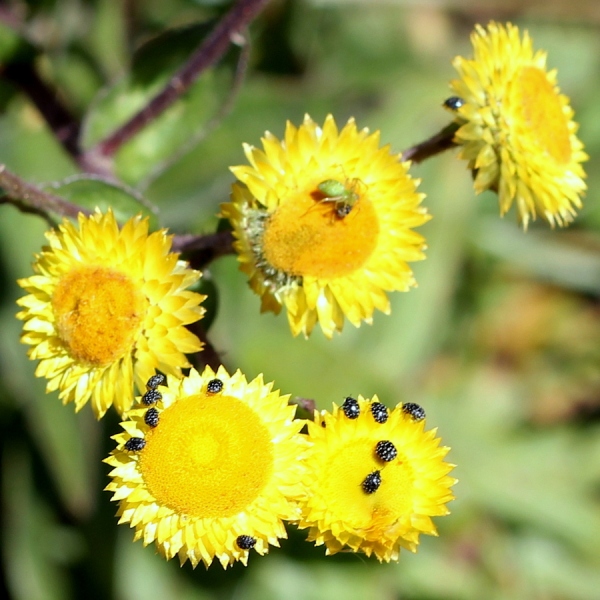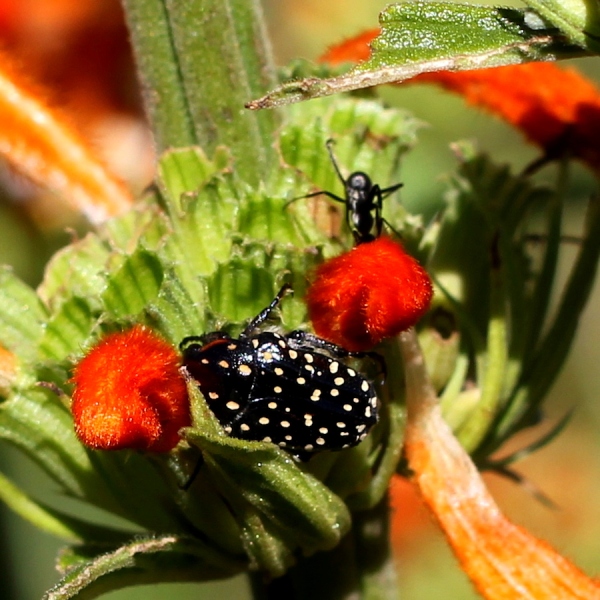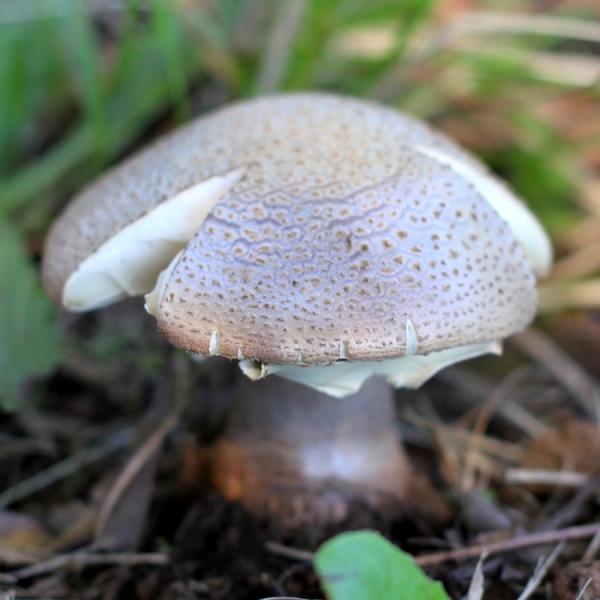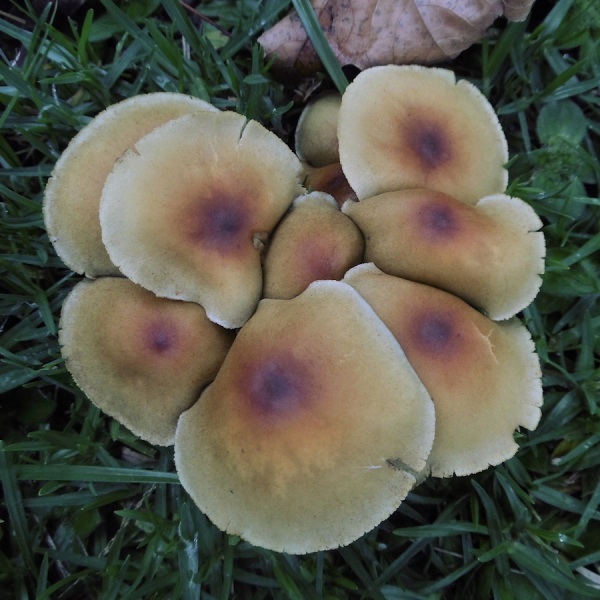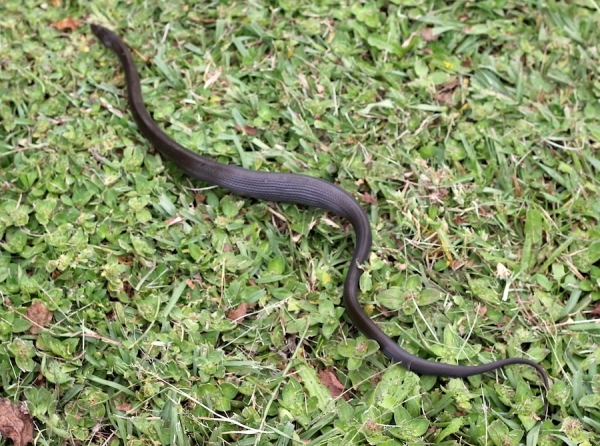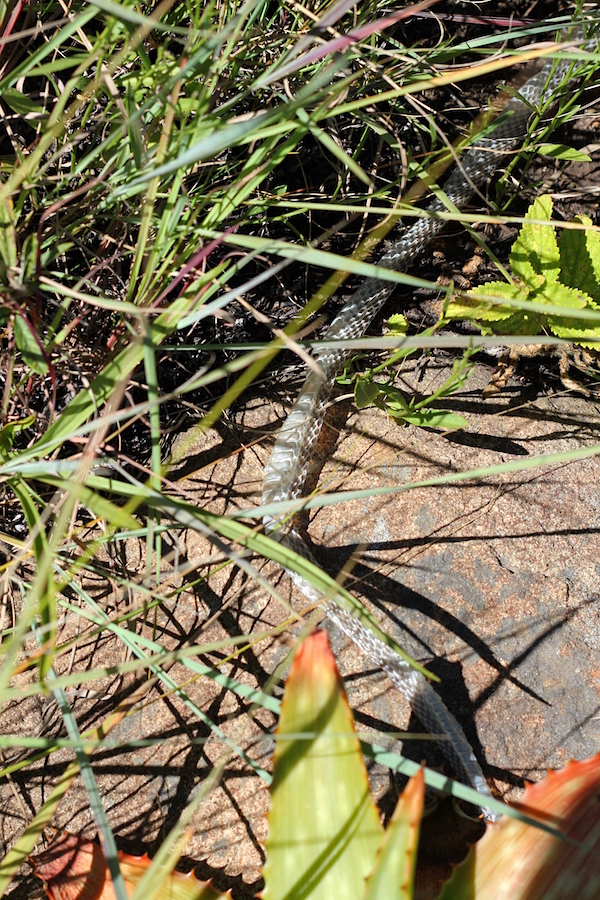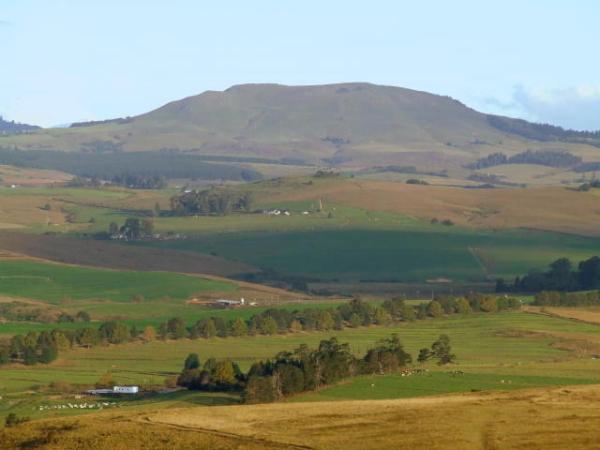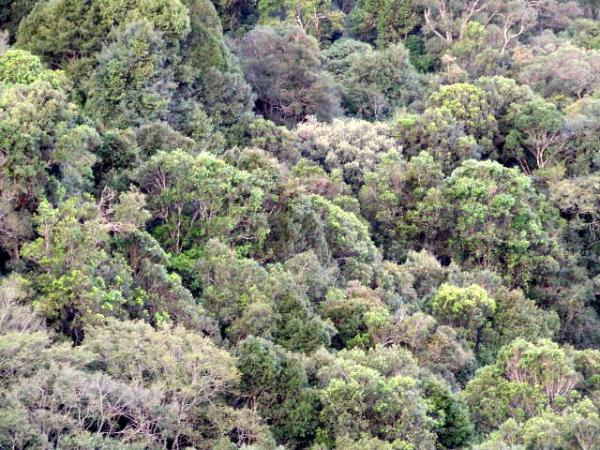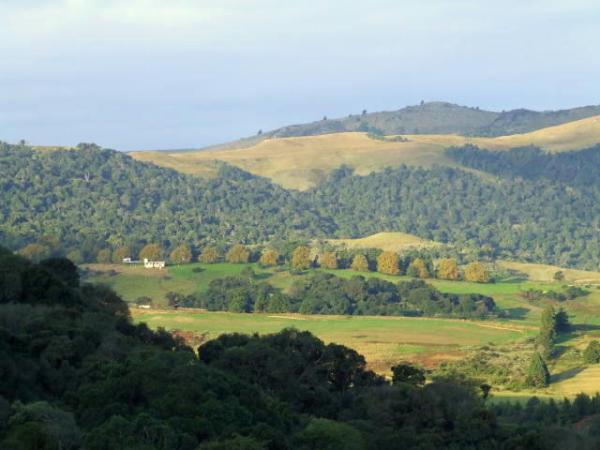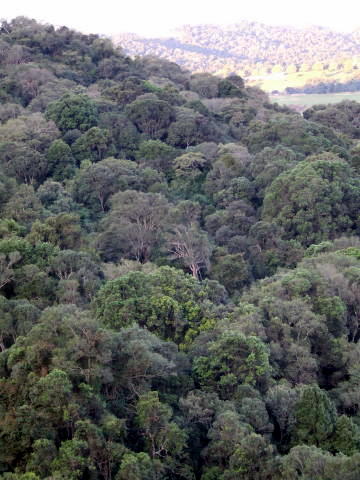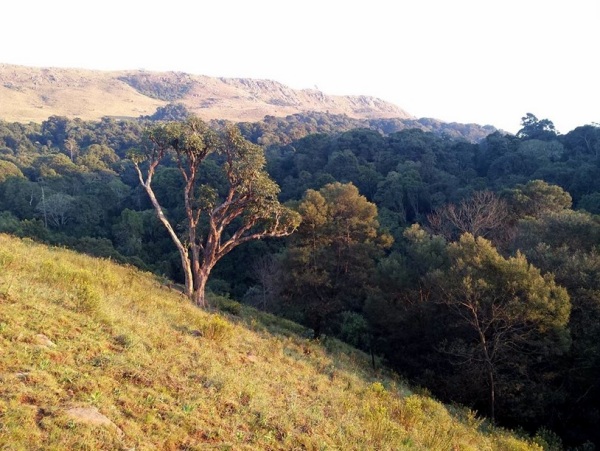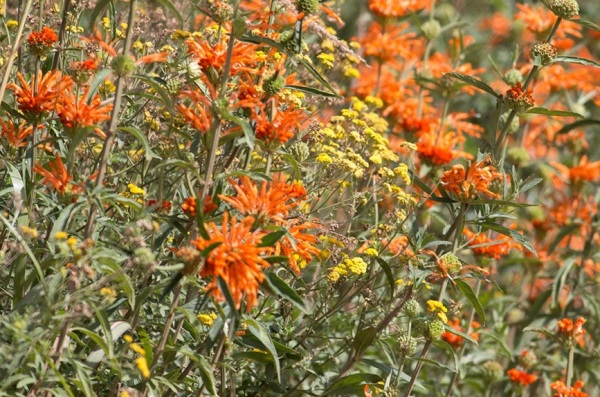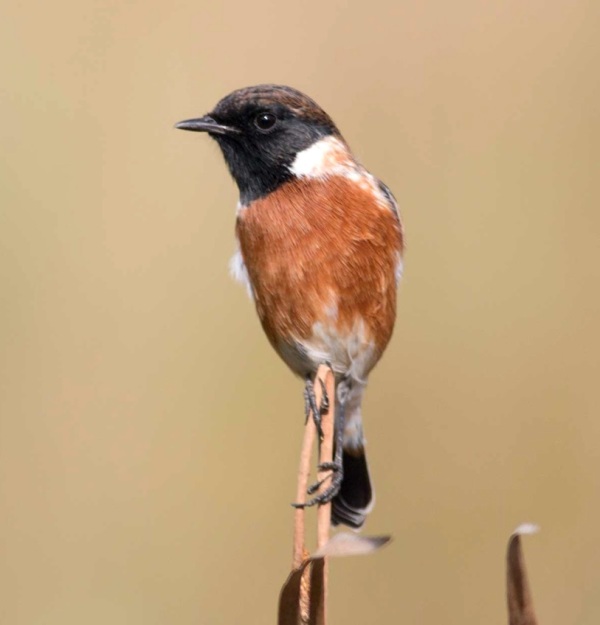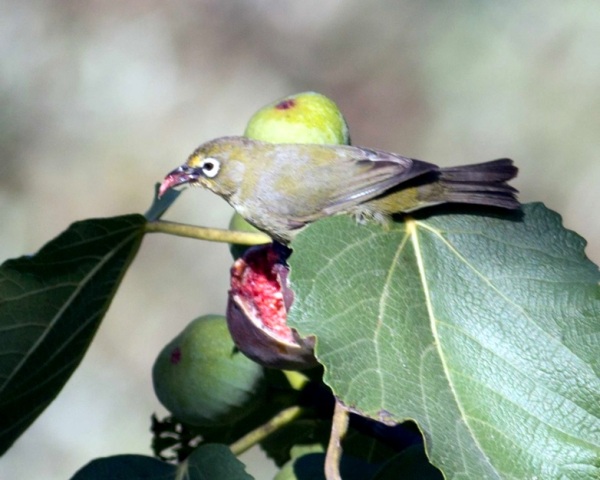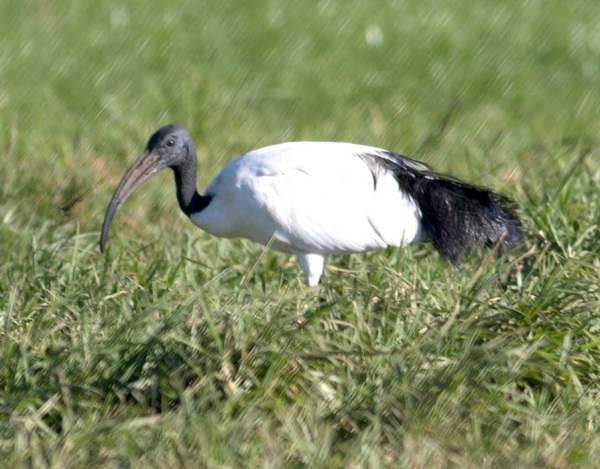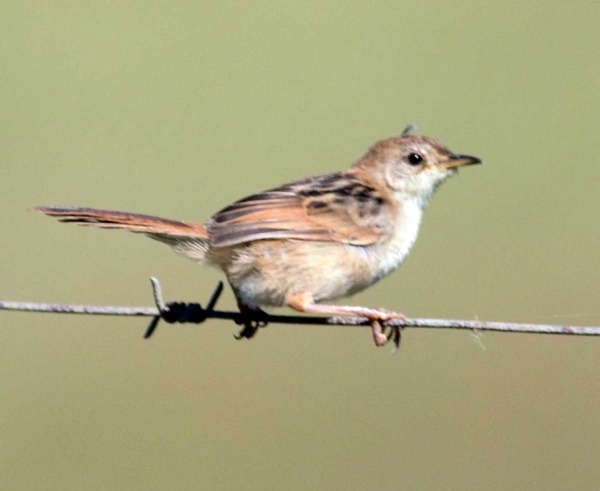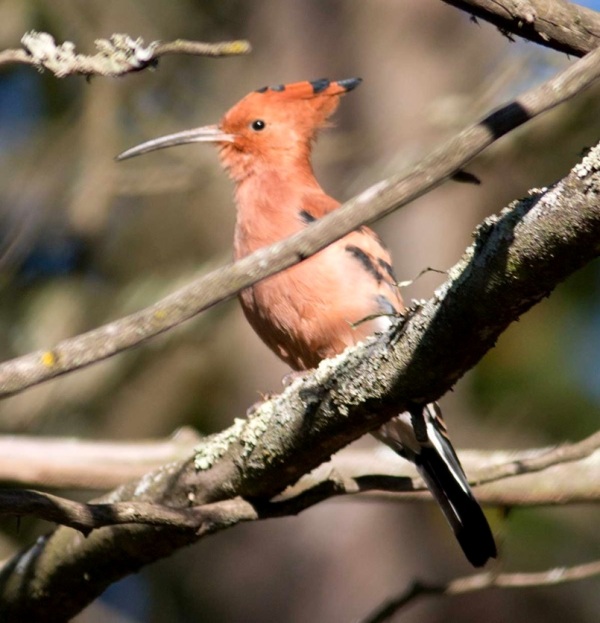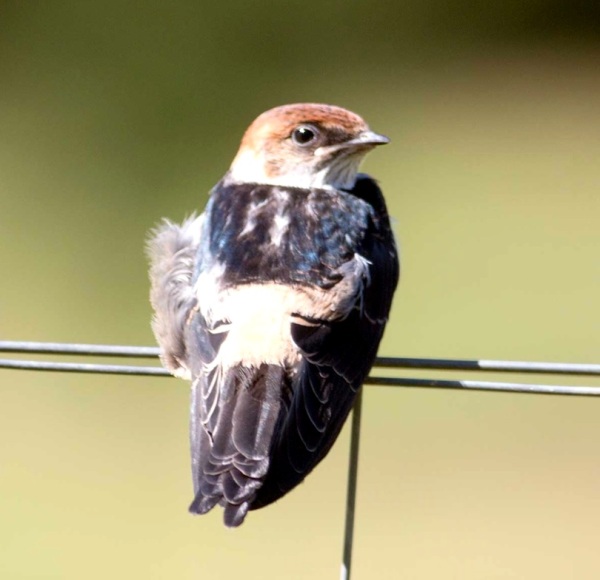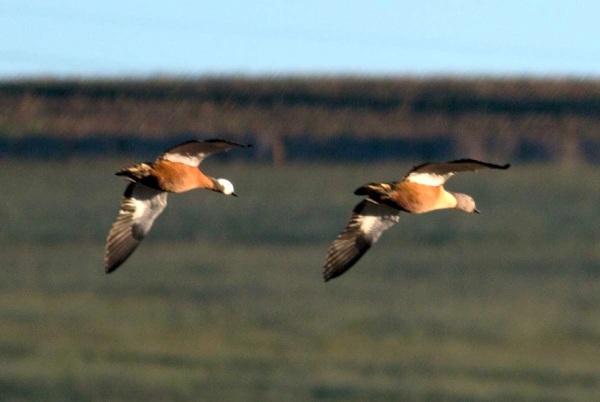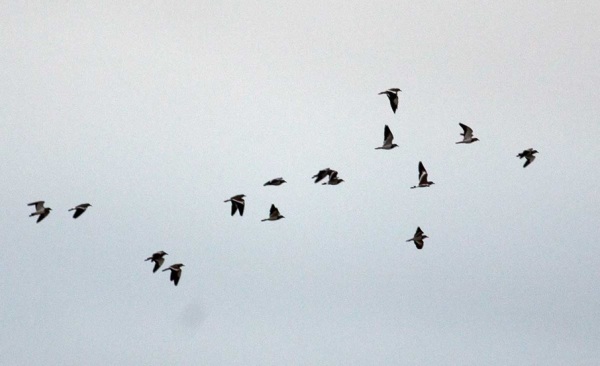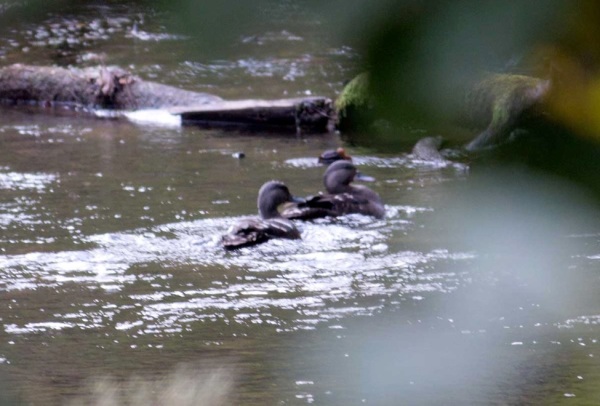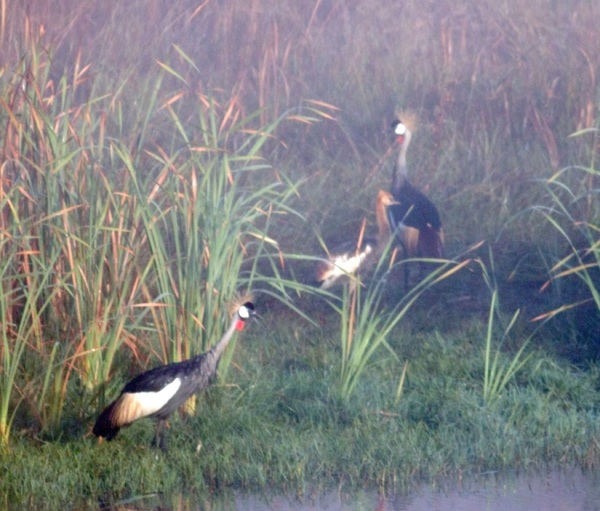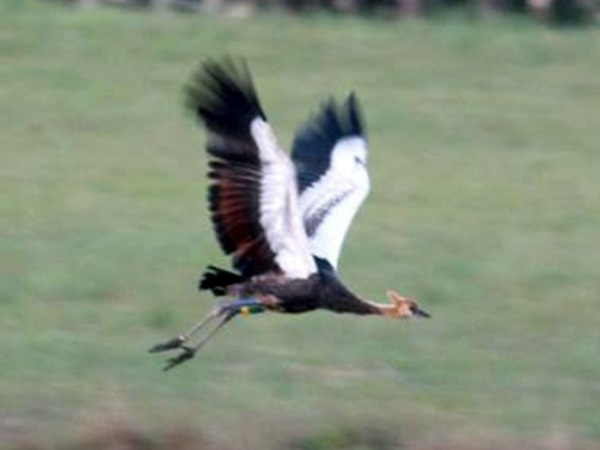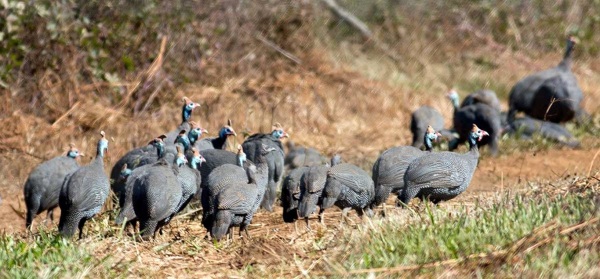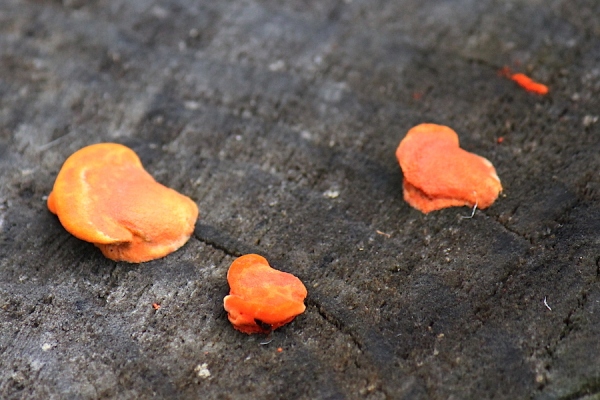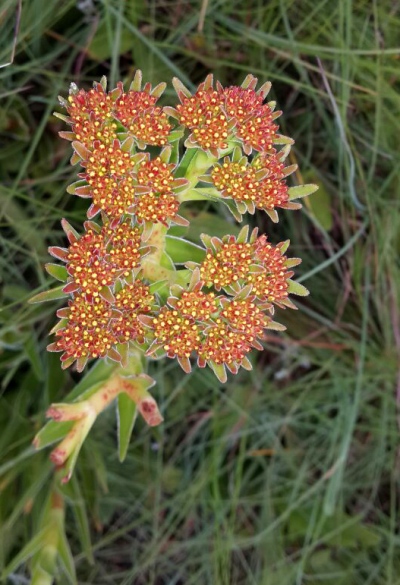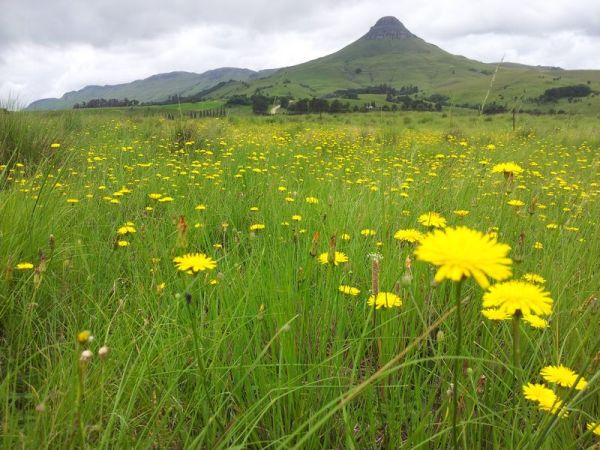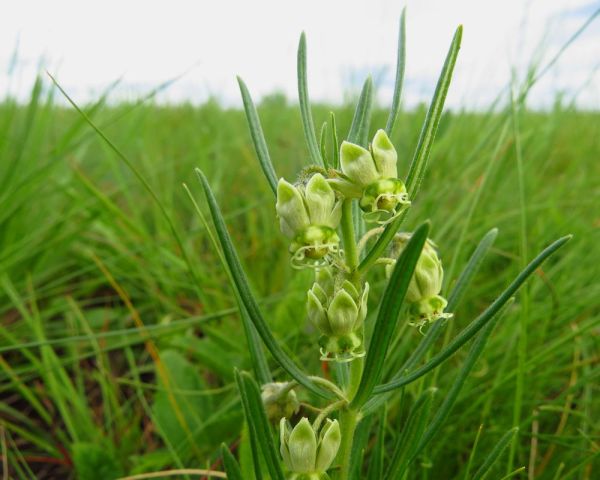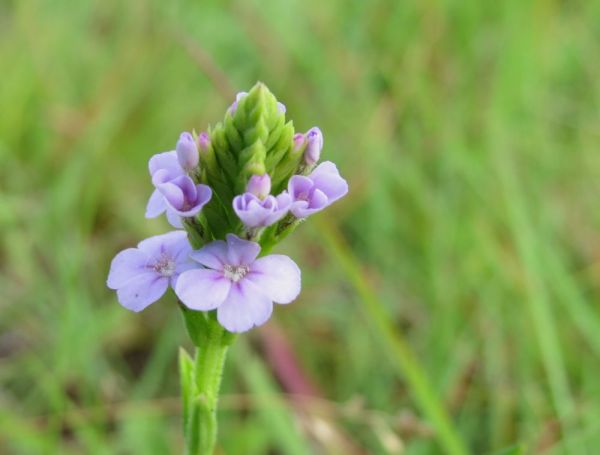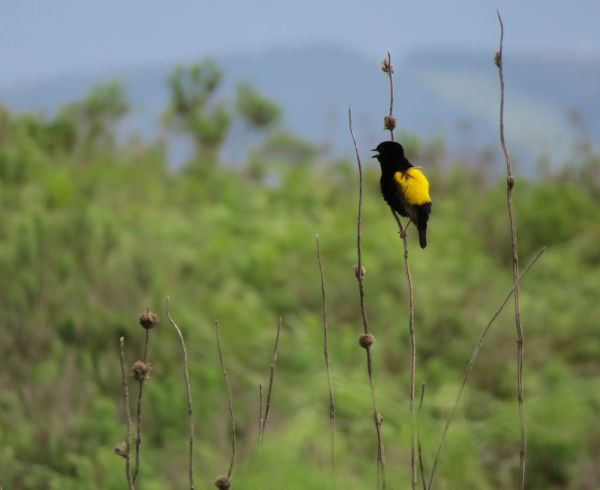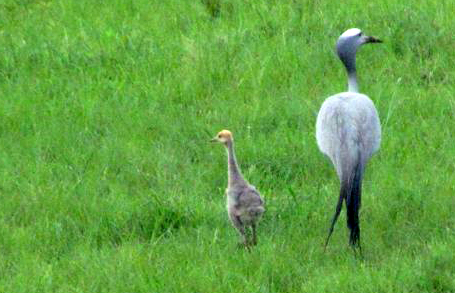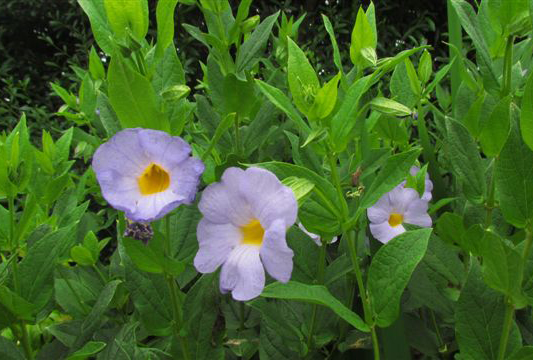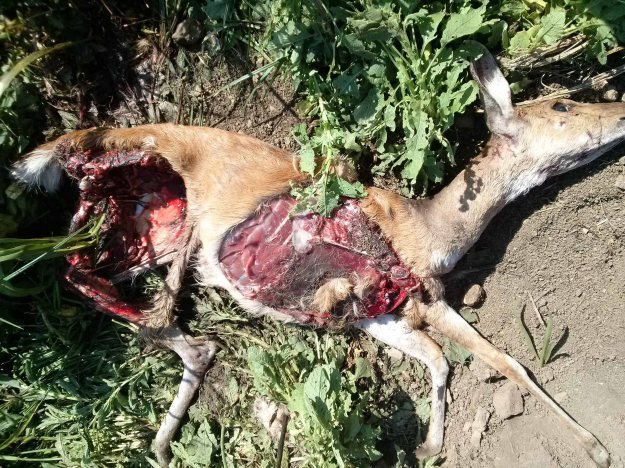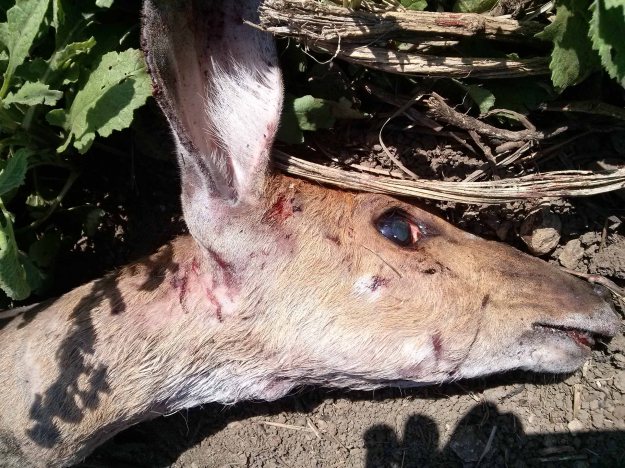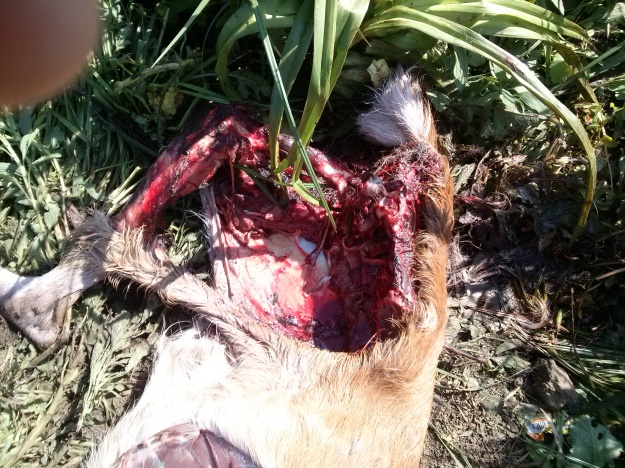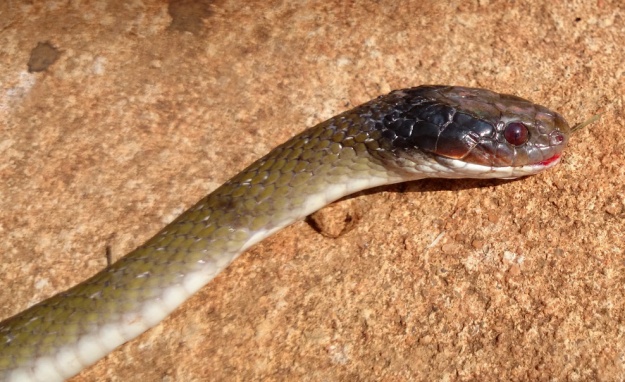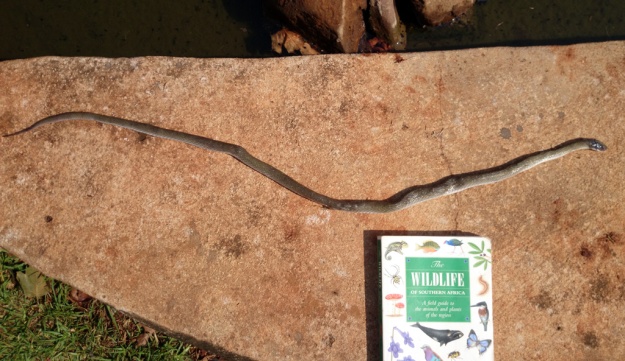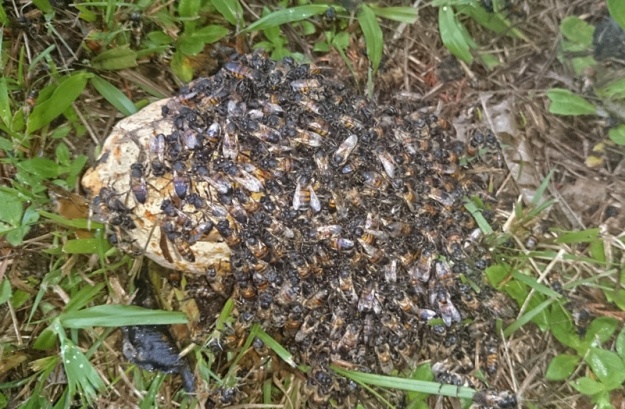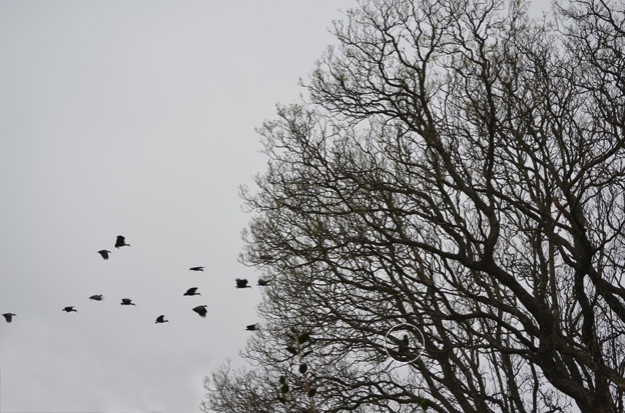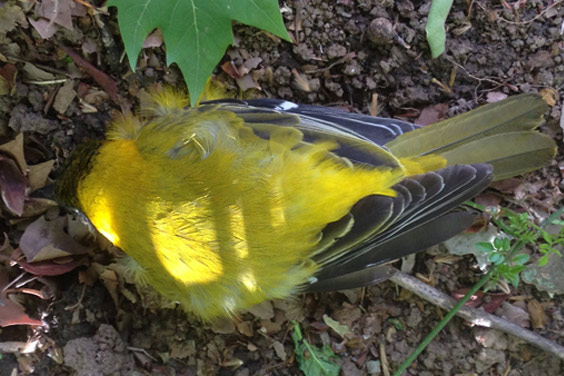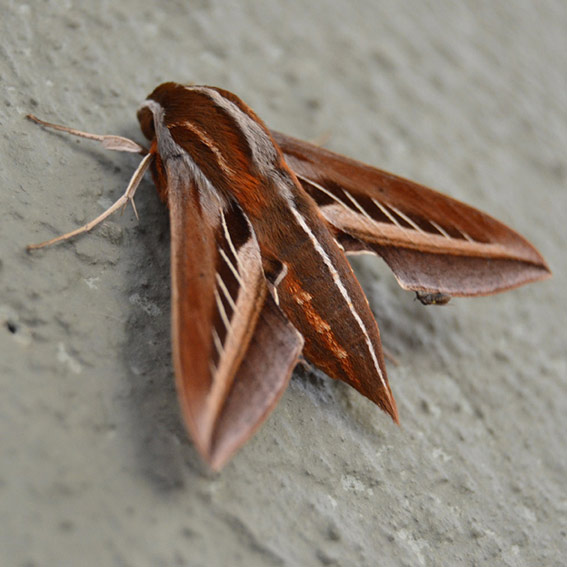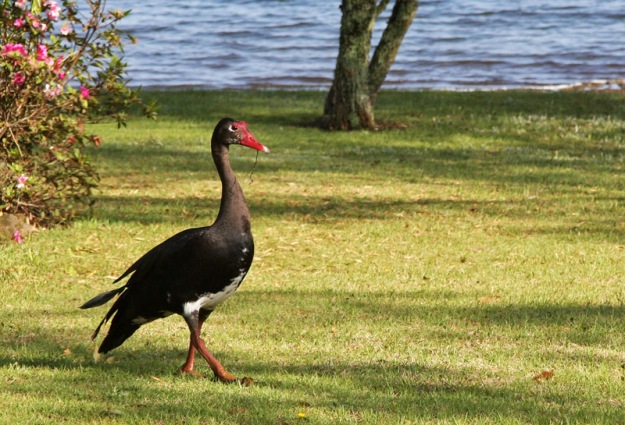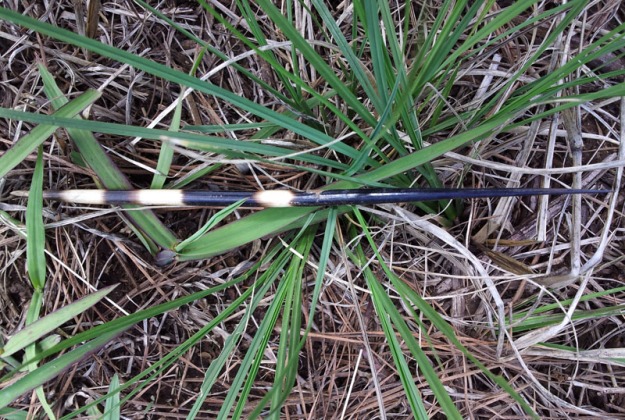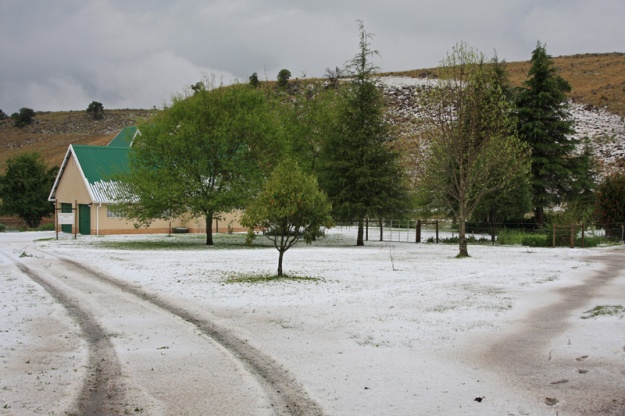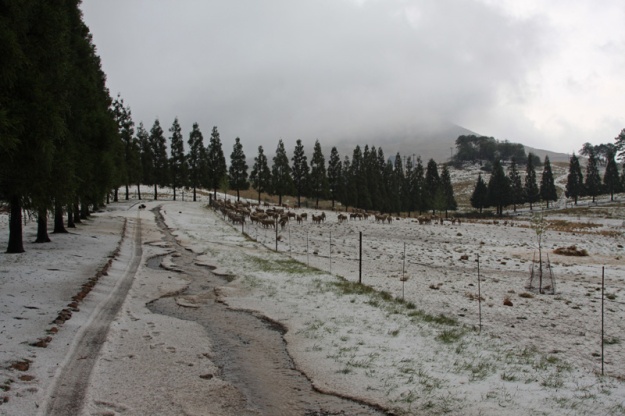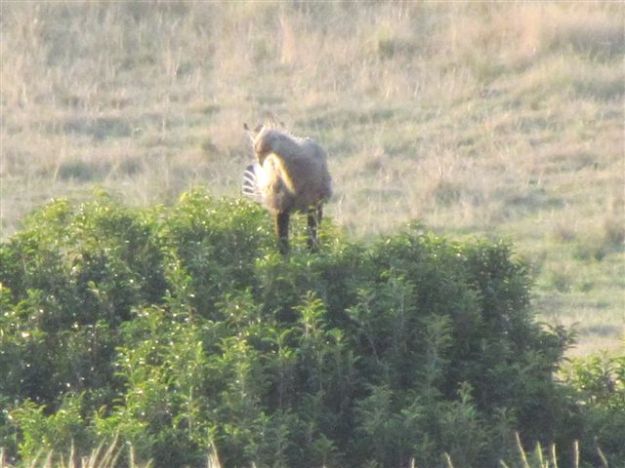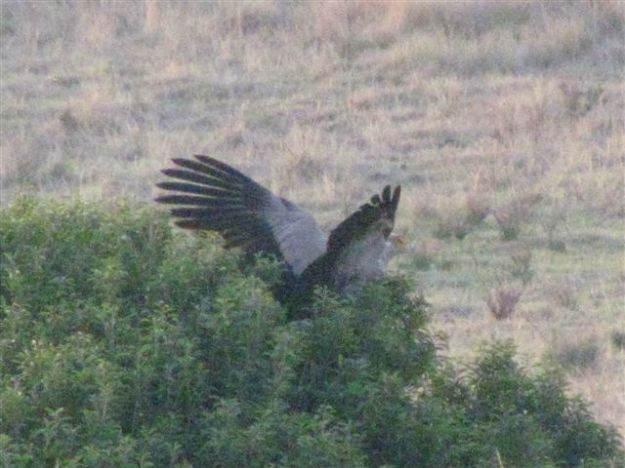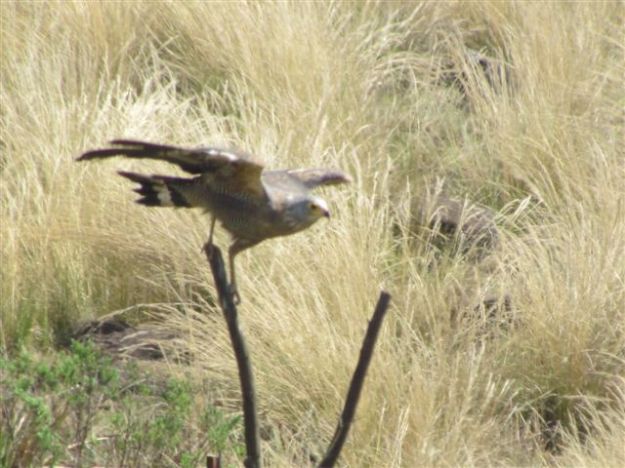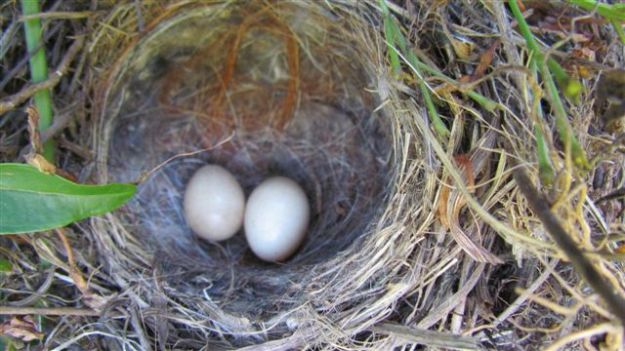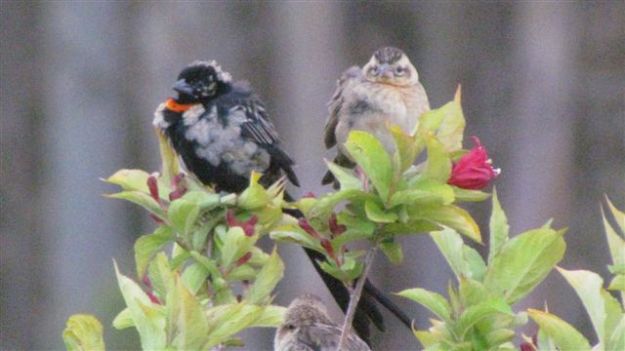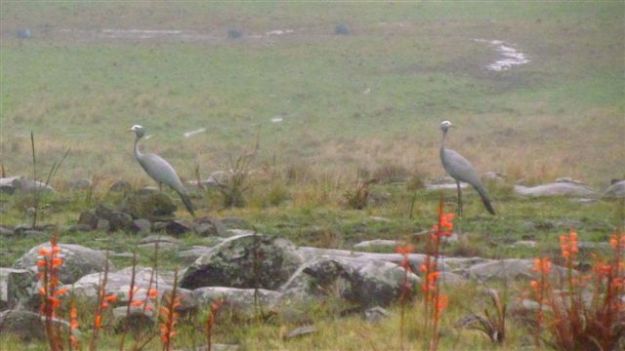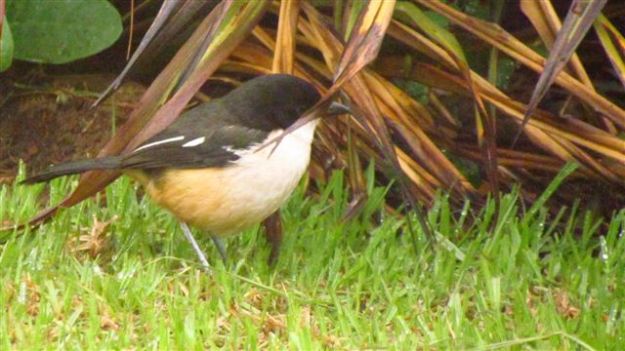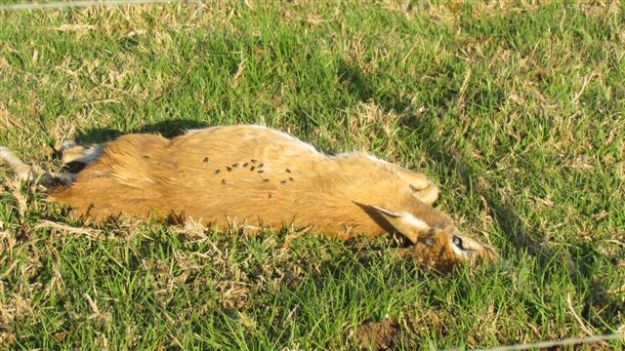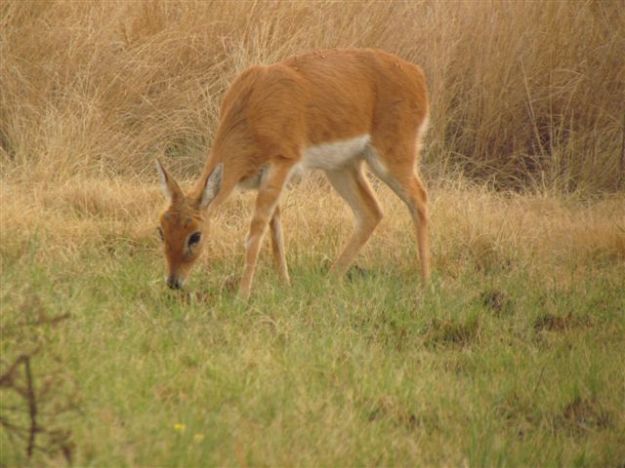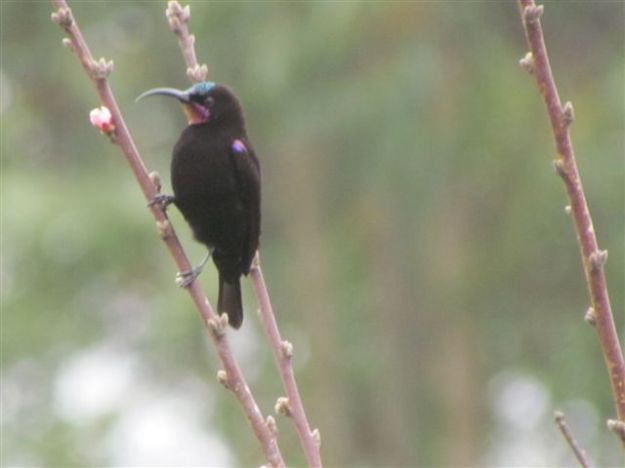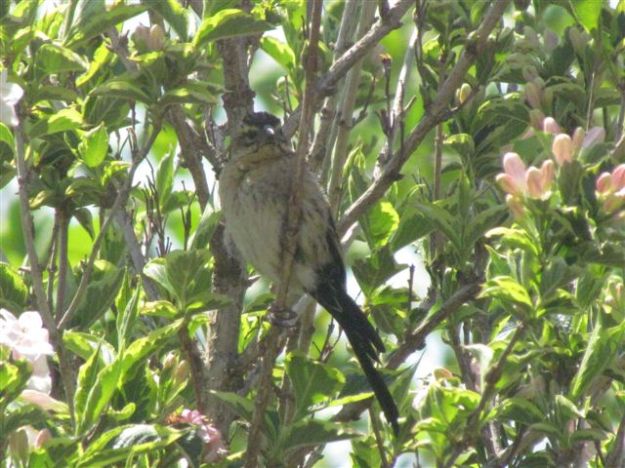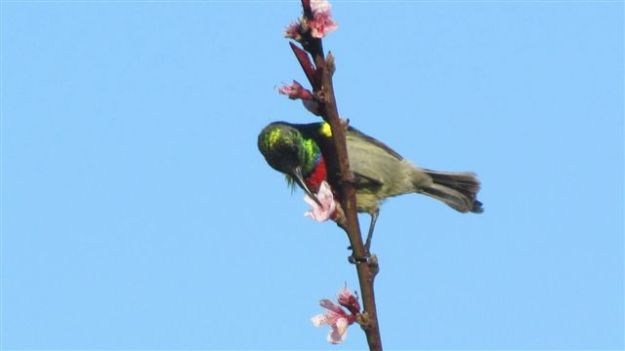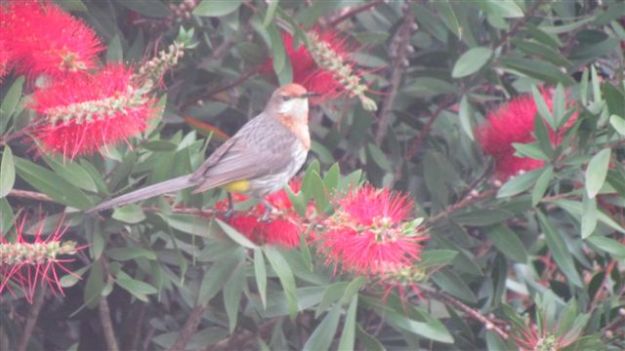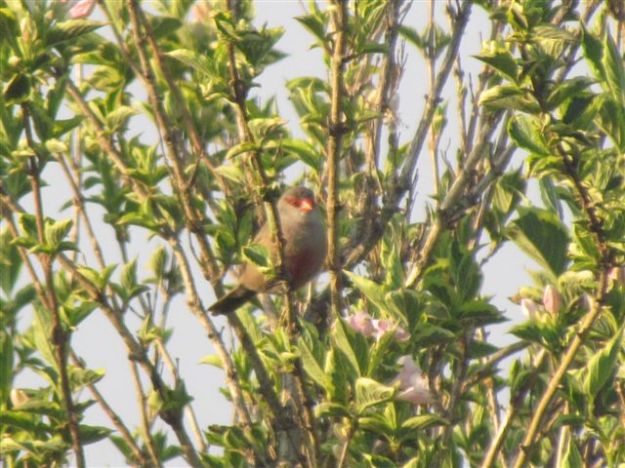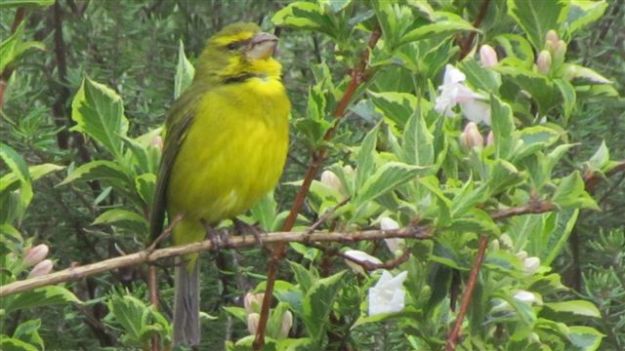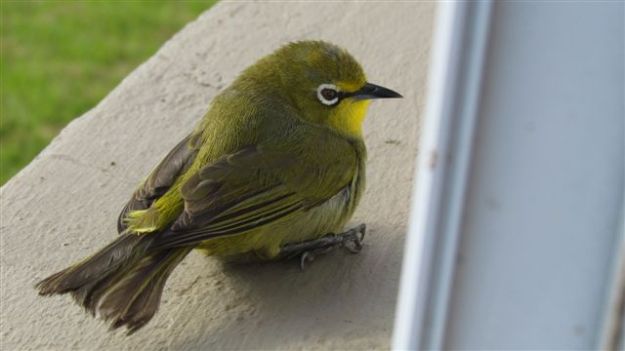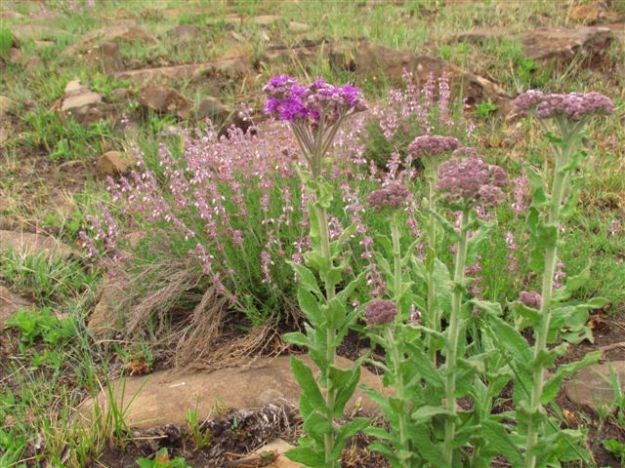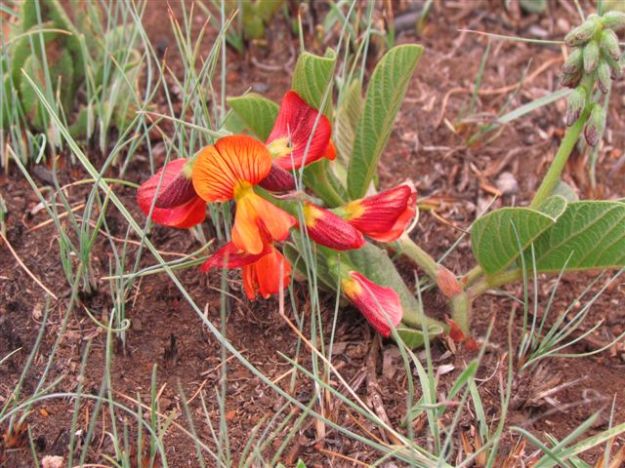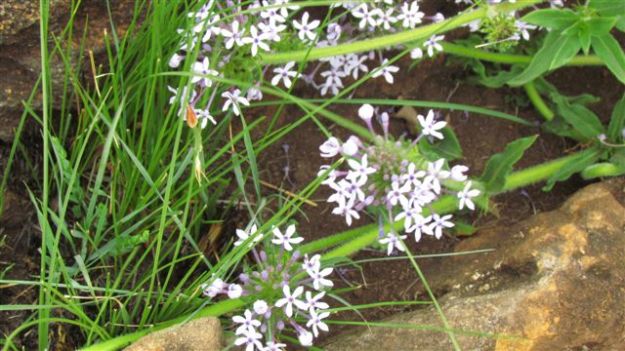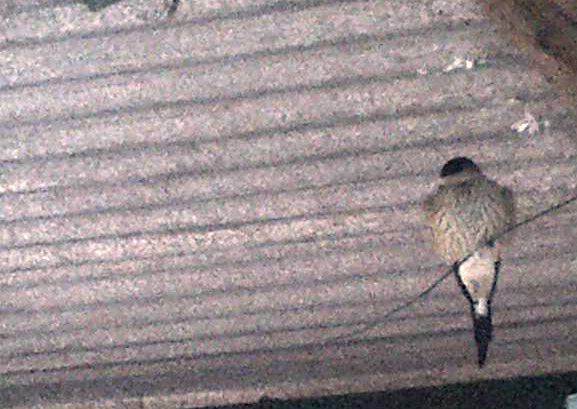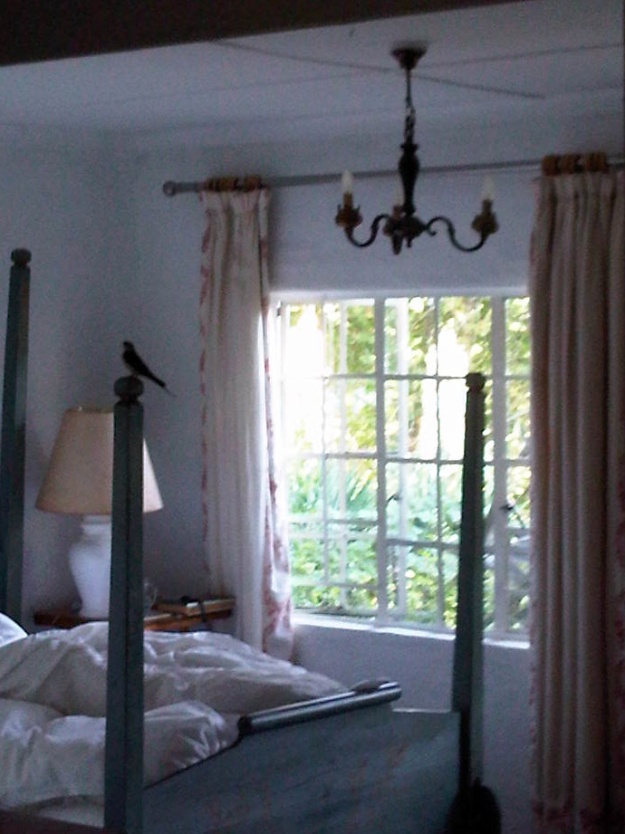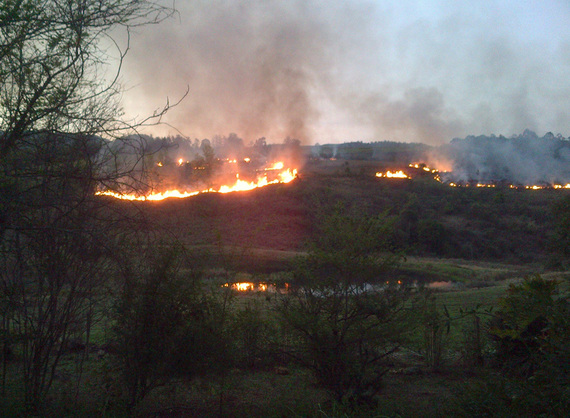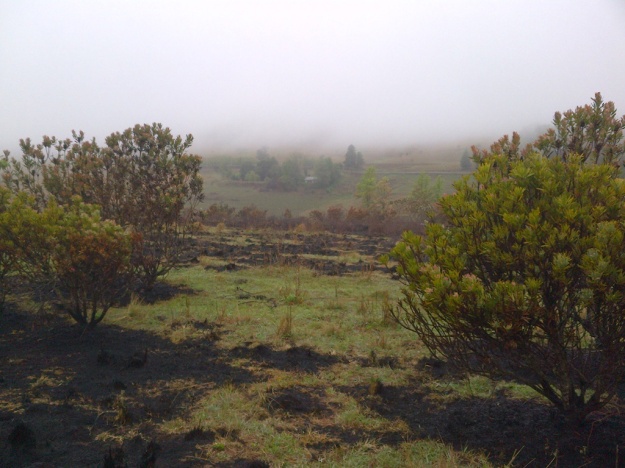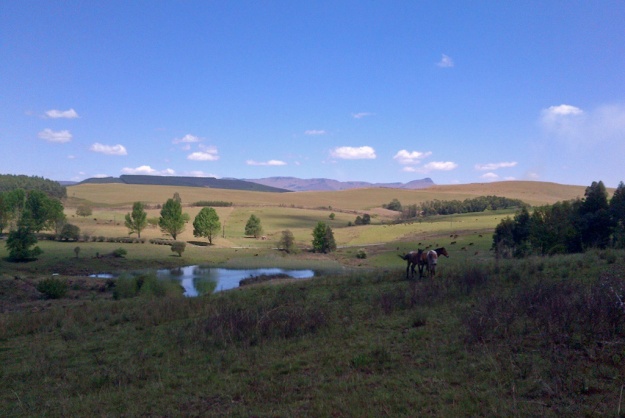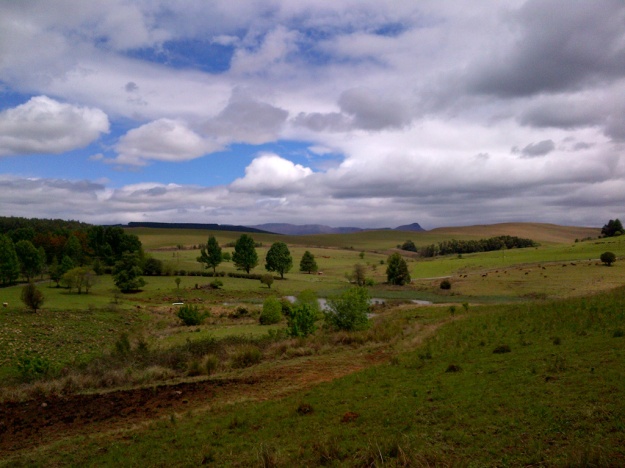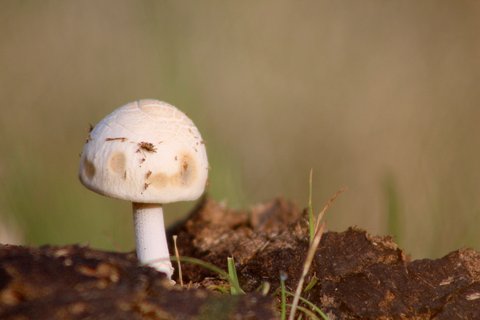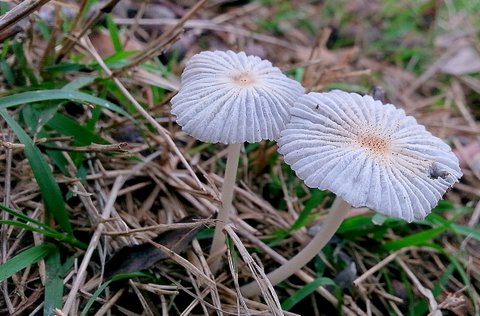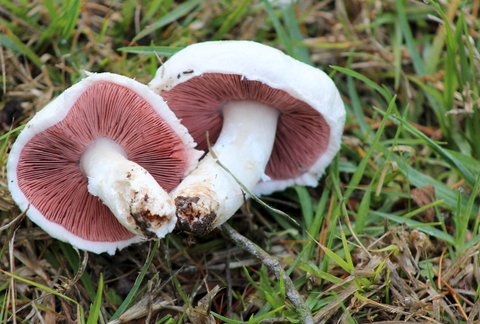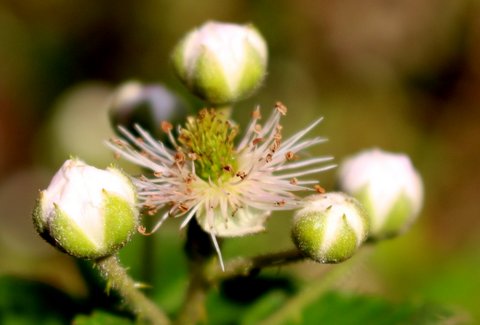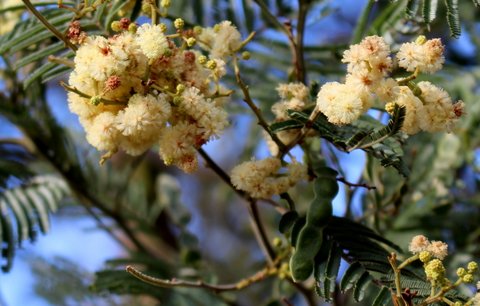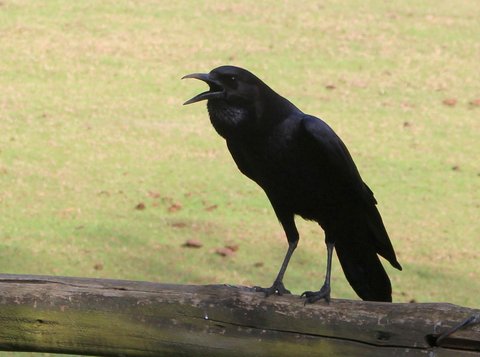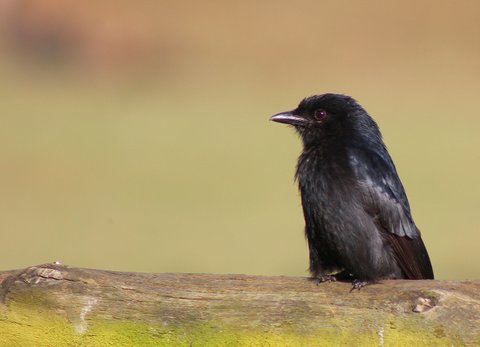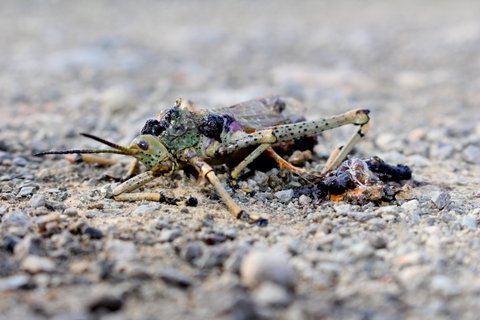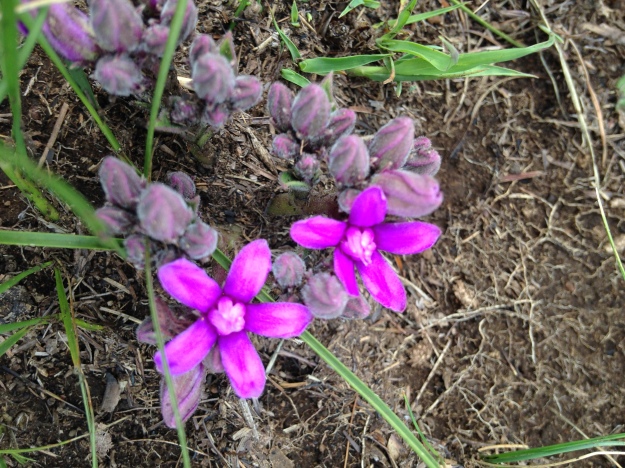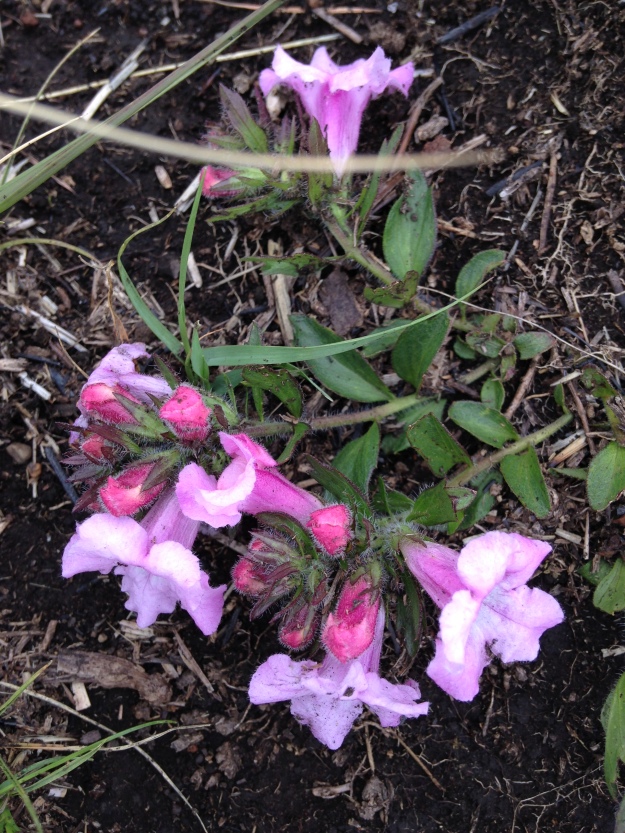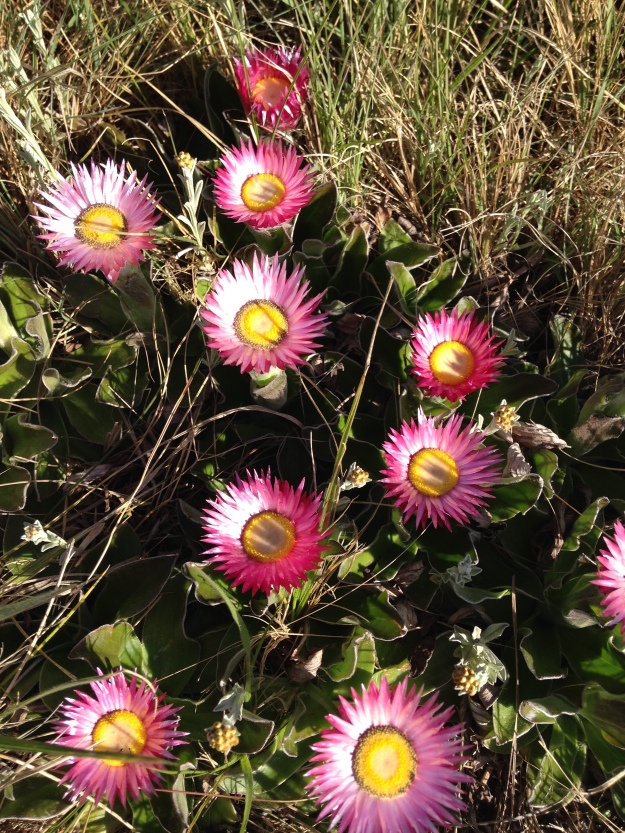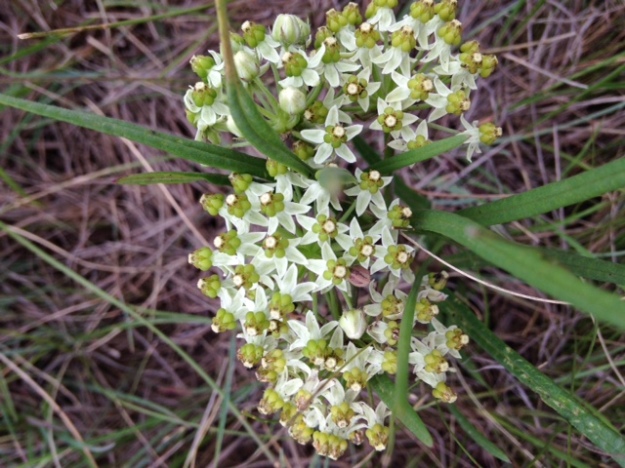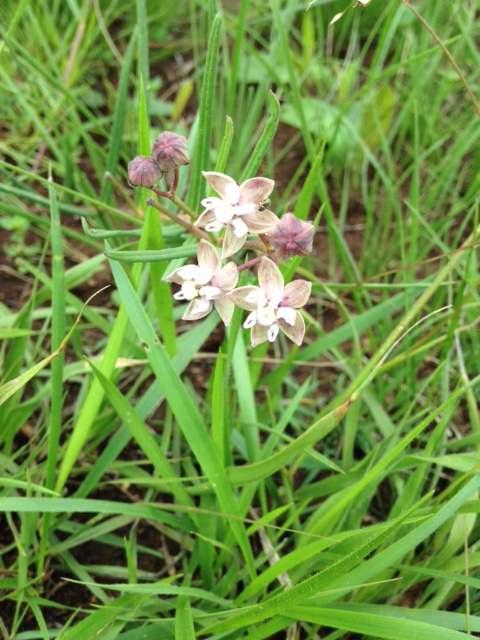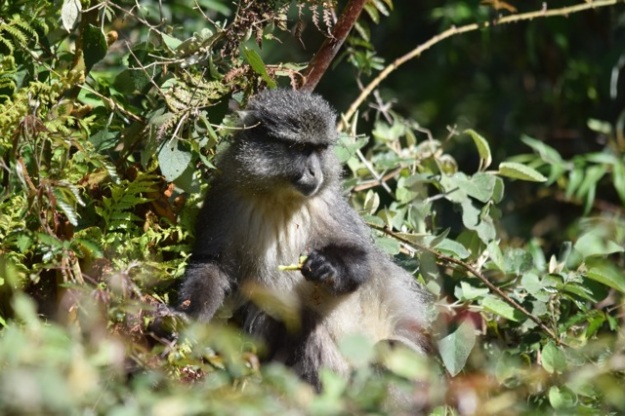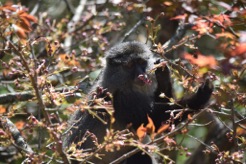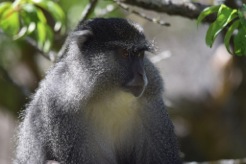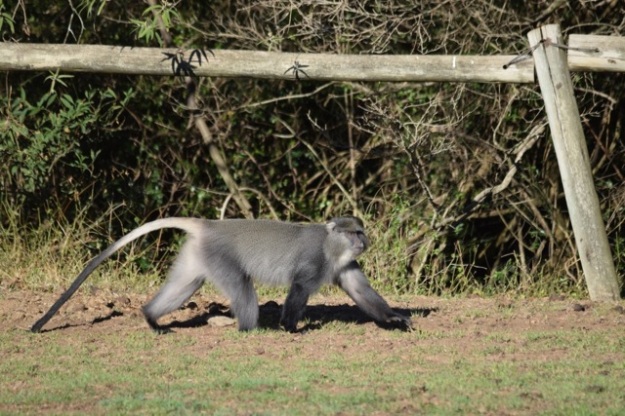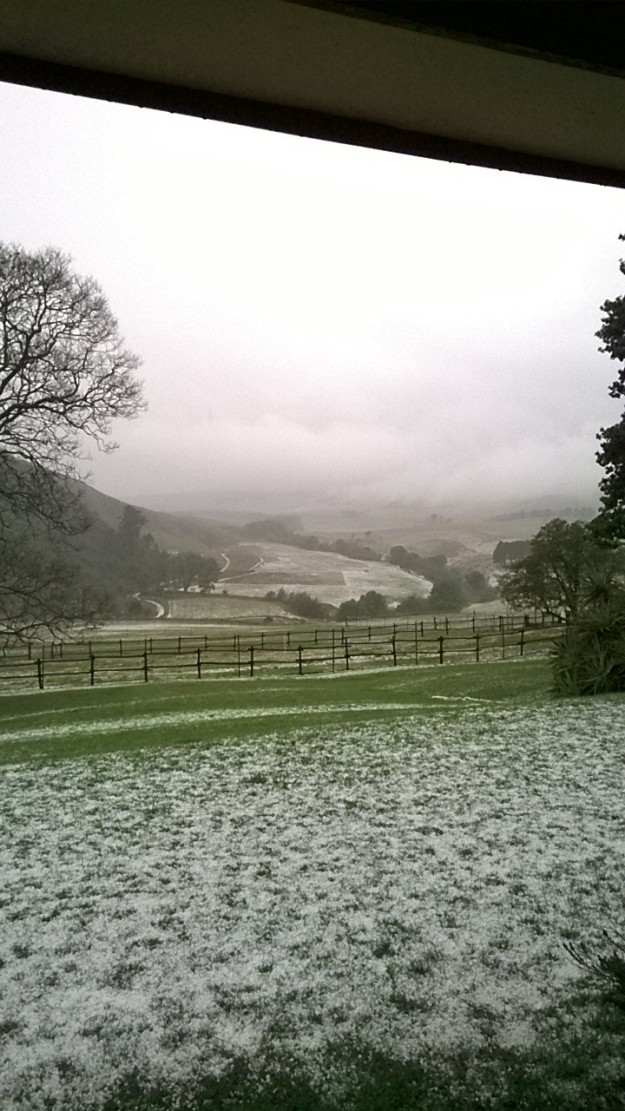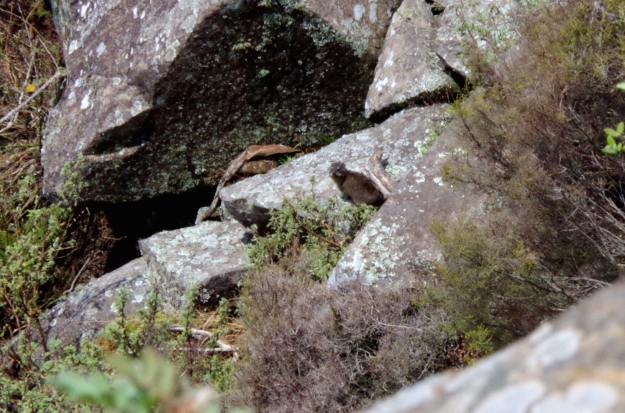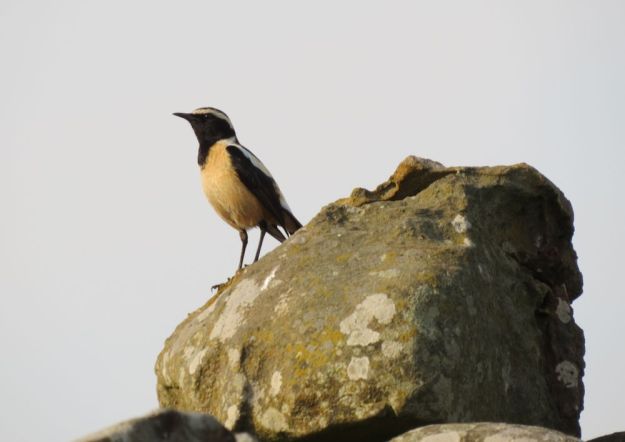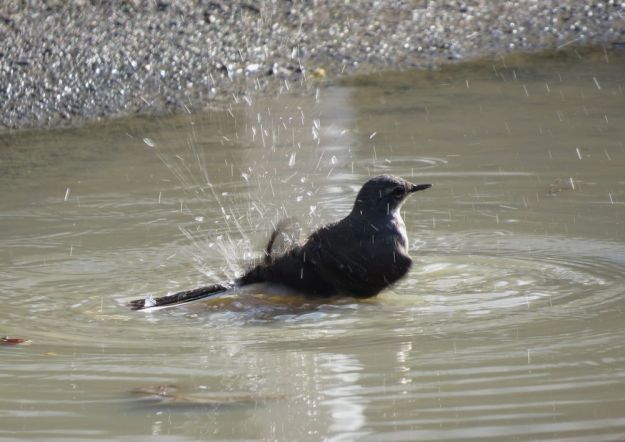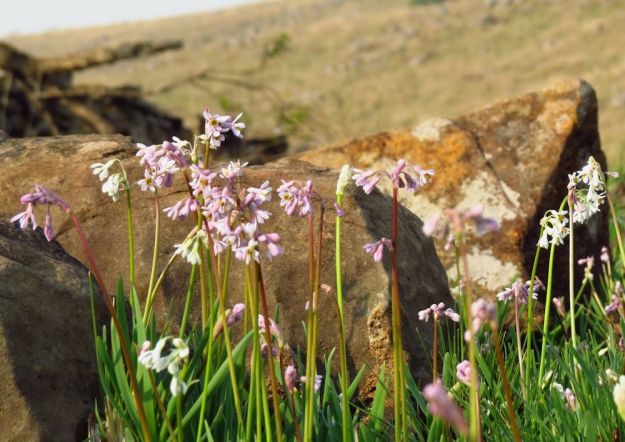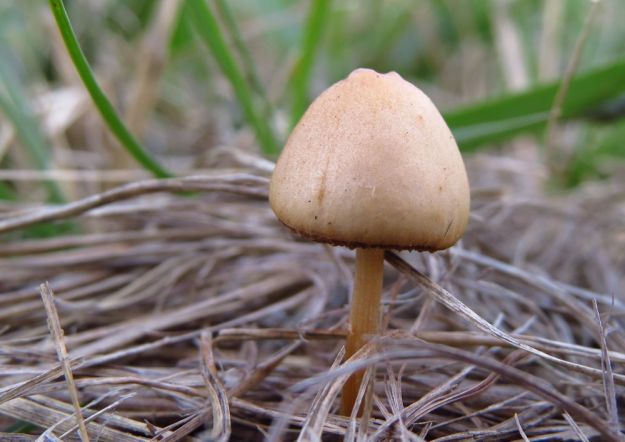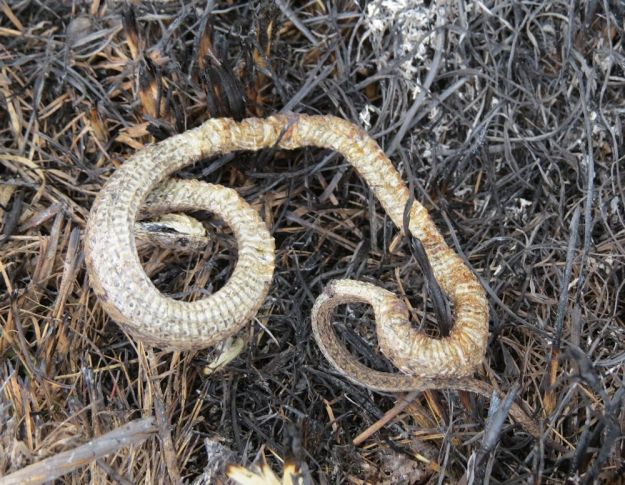Louis Bolton – Robhaven Farm
A new contributor, hopefully Louis will send us pics on a regular basis… the first is an image of some White-throated Swallows sitting on a mailbox – perhaps the newly appointed CEO of The Post Office will make use of them?
The spider was taken at Misty Meadows School up the D17
The panorama was from Crab Apple Church bench
Dieter Setz – Wakecroft
Found this “Stinkhorn” Mushroom by pure luck and had my camera. I never saw the early stages of this mushroom, only when it is red and stinks.
It sure is mushroom season now after the welcome rain, must say it has not stopped since I am back.
Had to catch these buggers, as they were running away, must be from the “speedy” variety.
The Locusts are also out in full force on Wakecroft.
They sure don’t mind what they eat, this one I found on my rosemary bush.
One of our cabbage trees is beginning to bloom.
Two’s a party
Emperor Moth (Aurivillius fuscus) Also paid me a visit.
Malvina van Breemen – Old Furth Estate
2016 started off with a lovely experience for me – I had to drop our youngest daughter off in Petrusstroom early on New Year’s Day, so on the return journey I was looking out for the pair of Crowned Cranes who frequent the little dam next door to Colmonel. They had crossed the road and were keeping company with a few Storks and as I slowed down to have a good look, I was treated to the special sight of them doing a delightful courtship dance!
Since the Cranes are by far one of my favourite birds, I was quite delighted to see this.
On the same morning, we also had a mass visitation of Spoonbills at our nearly dry bottom dam – I have never seen so many here! The quality of these pics is really poor but I only had my phone 😦
Then one Saturday afternoon, we came in at our gate house and saw what we thought was a plastic bag flapping on the wind, hooked onto our fence. We very quickly realised it was a bird! We found a young Jackal Buzzard had obviously misjudged and had hooked itself on the fence by its upper wing. We wrapped it in a cardigan and got it into a big box for transportation to Free Me. They then sent it on to Raptor Rescue who examined the wing and sadly had to euthanase her as the tendon and flesh were too badly damaged. We were very sad, but hope to be able to do our bit in the future as a raptor release site and with that in mind, we will build a rehabilitation area for future releases.
We are also very excited with the new forest trail which our enthusiastic and energetic youngsters have started working on, watch this space and follow us on Facebook to see the progress: https://www.facebook.com/Old-Furth-Estate-507001752673713/
Kevin Barnsley – Constantia, D17
Obviously rich veld and pasture lands attract these awesome birds.
For me they represent an awesome indicator species due to their insatiable appetite for all the little chaps (rodents, snakes, insects, frogs etc) that should be pursuing life down in the undergrowth of this habitat.
Of course mowing a pristine block of veld is going to expose these poor creatures, especially during the summer months. My suggestion to other hay cutting farmers and contractors is to sacrifice some yield by pitching your mowers up a little, in order to leave a little more foliage behind during the summer months. This not only gives the little chaps I’m referring to, some cover and a better chance, but also leaves some of the plants solar panels behind for them to be able to bounce back a little before winter, or even give you a better second cut of the season.
In late autumn one might be able to cut a bit lower, as the affected parties have mostly headed for deeper cover underground for the winter to escape the cold and ravages of fires etc. Of course a short cut at this time does expose the soil for the long winter, but is probably less harmful than fire, however any fire will be far less intense in such cut lands.
Belinda and Pierre Oosthuizen – Hambledon Farm
We have a small bat I found on our veranda floor this morning. I didn’t want my dogs to kill it so we placed it in a box and will release it tonight. Will update u how it goes. We have seen some huge rabbit’s but don’t know what kind and weren’t fast enough with the camera. We have owls too. And spotted 8 deer (Ed: “Reedbuck perhaps?”) on the short drive from the farm to the turn by the Zenex and Everything shop 2 nights ago. Have heard the jackles call the other night as well.
This is the unfortunate adder we couldn’t save the gardener from killing.
We spotted this snake near our stables, which went into the haystack. It’s about 1.2m long. We thought at first that it may have been a Mamba, however, Pat McKrill (the Snake Man) responded with the following identification: “A beautiful Olive House snake. No venom, no problem, not aggressive.”
Sue & Derek Millier – Buxtons Cottage on Beaconfield Farm
This duiker arrives at dusk and dawn most days to eat the acorns which the
vervet monkeys drop while foraging in our large oak tree.
Pat and Sandra Merrick – Albury Farm, Lidgetton
Well our new year started with a bang – we have had 234 ml of rain this month – wonderful.
After having an empty dam and stream, it is now running well and the dam is filling up, much to the delight of the cows and water fowl.
Wed 27th was not a great day as we had 2 huge hail storms with gale force winds, slicing through my garden. No electricity for 7 hours and pressure pump hit and Pat was knocked back while closing the garage door, but he’s fine. Just a slightly burnt finger thank the good Lord. The good news was we got 38 ml of rain as well. What a blessing it has been in these dry months.
A Hamerkop arrived on our swing looking for another frog but unfortunately our stream and dam were empty at this stage.
Late one afternoon through the mist, we saw a Woolly-necked Stork sitting on our transformer pole. Once the mist cleared he flew off.
Our juvenile White-throated Swallows were still returning to their nest each evening on the verandah a month after flying off. Then one morning the nest lay in a heap on the verandah slipping off the glass lampshade that it had been attached to. The one juvenile did appear on our front verandah one afternoon during a big storm. The 2 of them weren’t crazy about getting wet.
The Sunbirds have been plentiful this month with lots of shrubs and flowers to feed off. Here the male Amethyst Sunbird:
Female Amethyst Sunbird
Double-collared Sunbird
Female Malachite Sunbird
Male Malachite Sunbird
The steppe buzzard has been visiting regularly as has the Gymnogene:
Our most exciting sighting was seeing our Blue Crane with a chick about 2 months old. They arrived mid month when the dam was just starting to fill up but as there was little grass for them (being so short from the drought and eaten by 300 animals) to feed off they vanished shortly thereafter. They do reappear about once a week to wade in the dam. Another pair have also arrived on the farm but no chick.
We have seen reedbuck every day but not in the numbers that we used to see, which is rather sad.
Also just one Duiker this month. Pat saw a male Oribi on 2 consecutive days near our gum trees. He has also seen a black saw winged swallow down the bottom of the farm on a few occasions. A male samango monkey has been running around and on some days I could drive right past him sitting on a pole and he would just stare at me.
For the first time we had a Long-tailed Widowbird on our lawn eating along with the Sparrows.
Female Cape Weaver
Olive Thrush and female Malachite Sunbird
Rose Downard – Oak Tree Cottage
Just two small sightings: A dying locust resting on top of our owl, perhaps it had been injured, or affected by crop spraying in the area.
The recently shed skin of a skink.
Hayley & Neville van Lelyveld – Benn Meadhon Farm
Oribi
Only four of the original 9 animals were seen. A single male Oribi was seen across the road, more or less opposite the normal oribi paddock. The second herd of 5 animals that used to be above the maize field have all but disappeared.
Reedbuck
Only 4 females were seen out of a previous average count of 20 animals. Once again as per our October visit no males were observed.
Other antelope/Jackal
No other antelope species were seen at all. There has been a very steady decline in wildlife on the farm. No Jackals were seen or heard during this visit.
Other mammal species
No porcupine were observed, however I have been informed by Iain that 19 have been trapped and destroyed by Mannie since our visit in October. We were also informed that 2 Jackals were also trapped and destroyed since our October visit.
Bird life
It was very pleasing to see that the geese on the dam have been breeding; both the Egyptian and the Spurwing geese as there are quite a few goslings of both species on the dam.
General
Over the last past few months we have encountered unwanted people on the farm (in August we encountered a dog IPO club using the farm as tracking grounds. When we confronted them as we always do and as per Iain’s request to confront any strangers on the farm to find out why they are there, we were told that Mannie Delgardo, the land owner, had given them permission to use his farm. Once we informed them that Mannie was not the farm owner they were very surprised.
On Monday the 28th December from around 08h00 until around 11h00 we noticed a small white aircraft (sesna size) flying very low over the area across the road over the natural bush near Lemonwood constantly. We thought nothing of it at the time. Later however due to circumstances it became all too clear as to what the low flying air craft was doing as I believe that it was scouting the wildlife within the natural bush area on that side of the farm and the surrounding farms including Graham Freese’s forest as it circled over that area as well.
Later, Iain informed me that Mannie and his new partner, Clint, have insisted that we leave the farm with immediate effect as they have a problem with our presence on the farm. I firmly believe that this objection to us being on the farm was due to our February 2015 report. We immediately packed up and left the farm.
As Hayley and I are no longer permitted to be on Iain’s farm we can no longer monitor the wildlife on the farm and on the surrounding farms. However, the unexplained radical drops in wildlife on Iain’s farm has now become abundantly clear with this development. Unfortunately the actions of this group of people is well known by Ezemvelo, EWT and people like Robin Barnsley, the probable results of which will result in a major threat to the rest of the wildlife in the greater Dargle Valley area if this situation is allowed to continue. Hayley and I, not been allowed on Iain’s farm anymore does not mean that our involvement with the Dargle conservancy has to come to an end, but rather it will just be a little more challenging, however we will still continue to do our very best to support the Dargle Conservancy as much as possible with all their conservation projects and courses that I still intend to do. It does however affect our Oribi project with EWT as I believe that the few animals left now have no chance of survival and this greatly disturbs Hayley and I particularly since “Baby Girl” was due to give birth during November 2015. The success of this will now never be known. This project was in particular very close to our hearts and it is very painful for Hayley and I to see it totally destroyed in this way. It is very painful for us both to just leave behind 9 years of work and have it all destroyed in a matter of days.
Ashley Crookes – Copperleigh Farm
Continuing with my “macro” images that I’ve been capturing the past few months, had some really interesting little critter sightings in January, starting with this beautiful green caterpillar
and again from behind…
I found the carapace of one of these bugs last month, this one was still alive and crawling around the natural bush on the farm
This poor Watsonia densiflora was being chewed to pieces
Whilst this Dragonfly was struggling to fly with a wonky wing
I came home late from Quiz Night at il Postino and had this magnificent Rhino beetle to greet me as I was closing the gate
The locusts were ‘busy’ this month, though not too many seen
Spiders were making works of art in the early hours before the dew came
Had a couple of different types of fungi appearing this month, this white one with some spires on top
and this orange one growing on an old dead Eucalyptus tree
A Giant Kingfisher came to visit us once
and to end off, a pic of the clouds coming over Inhlosane
Jenny Fly – Kildaragh Farm
More snakes . There have been so many this summer. Natal green snake, just off the veranda.
A slug eater on our driveway.
The beautiful little Erythrina humeana, which is very happy in the Midlands if in a protected spot. The sunbirds love it.
Balloon milkweed or Hairy balls – Ghomphocarpus physocarpus. Host to the African Monarch butterfly. The little prinias and apalis ferret around in it. The sunbirds enjoy the freshly opened flowers and the fluff on the seed is used to line nests of many birds (although it is also poisonous).
While weeding I came across what I thought was a type of fungus that looked like goose down. Then these THINGS started WALKING and they JUMPED (about 20 cm high). Response from Dr Jason Londt : “It’s a plant sucking bug (Hemiptera) – I have the name Orthezia insignis – but I’m no expert on these beasts. They are usually considered pests – but I have never seen a lot of damage caused by them (but may not have the necessary experience).”
the bush looks totally dead.
Then it slowly comes back to life. It is obviously host to these beetles and they have this incredible symbiotic relationship.
Nikki Brighton – Old Kilgobbin



